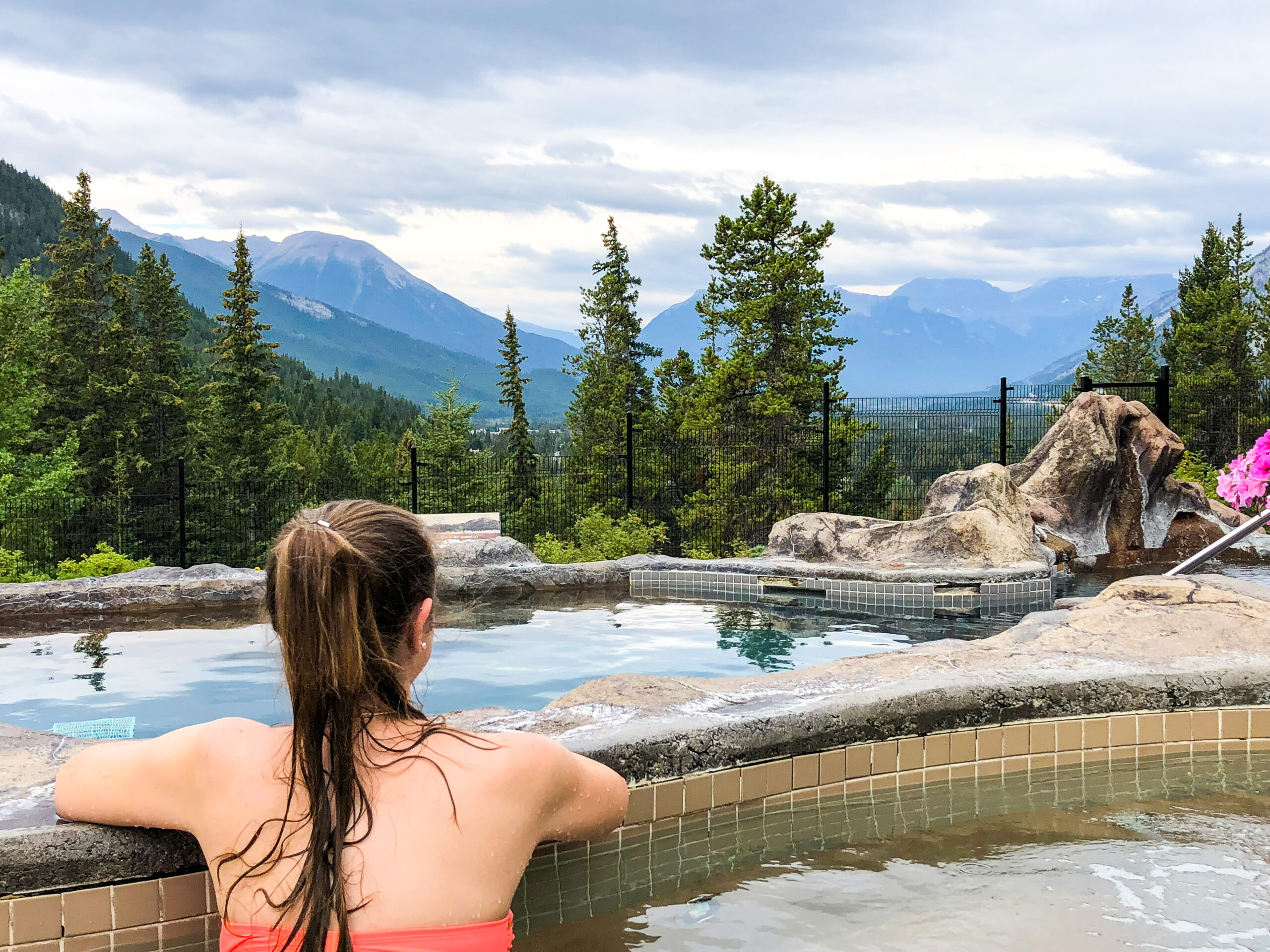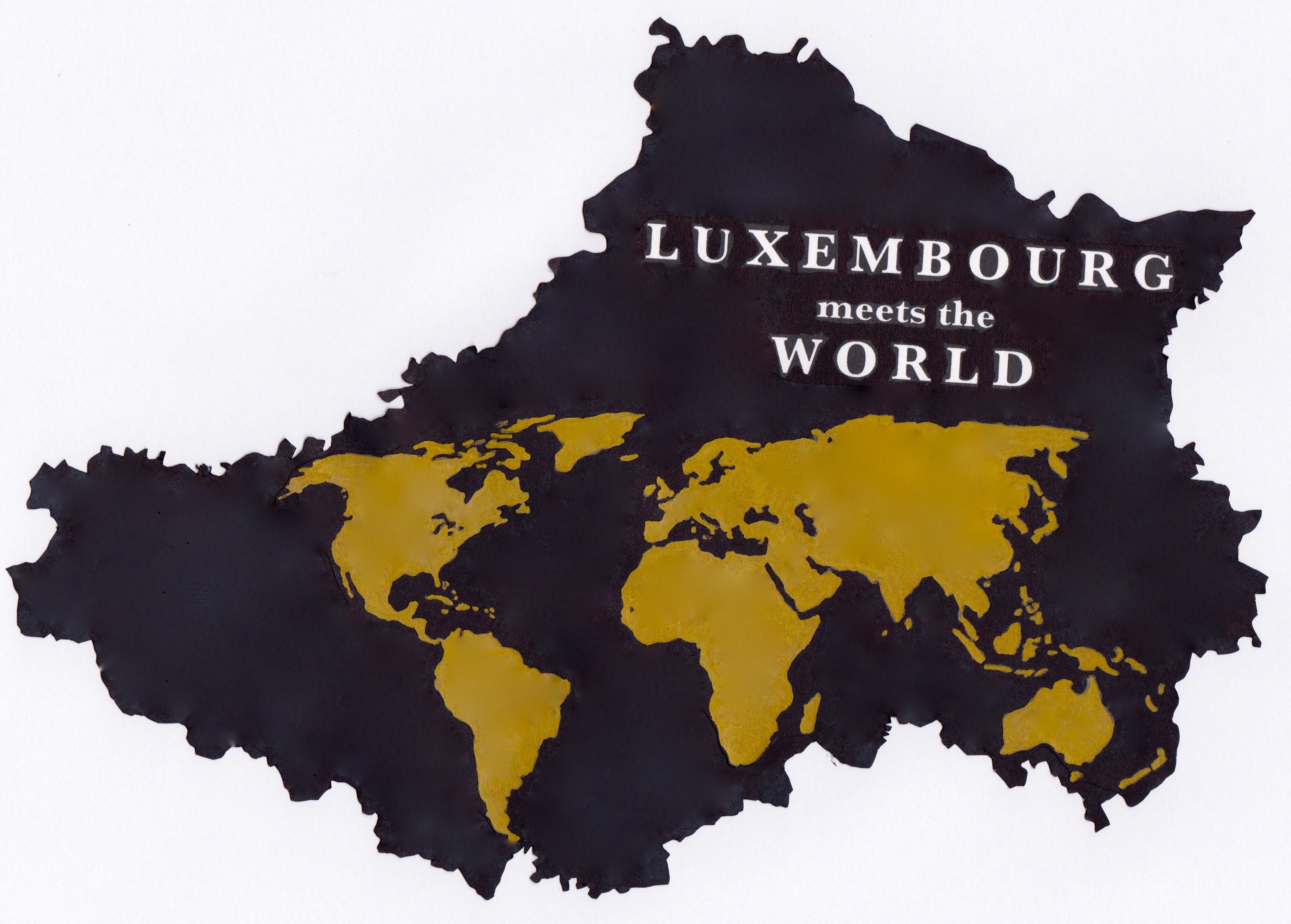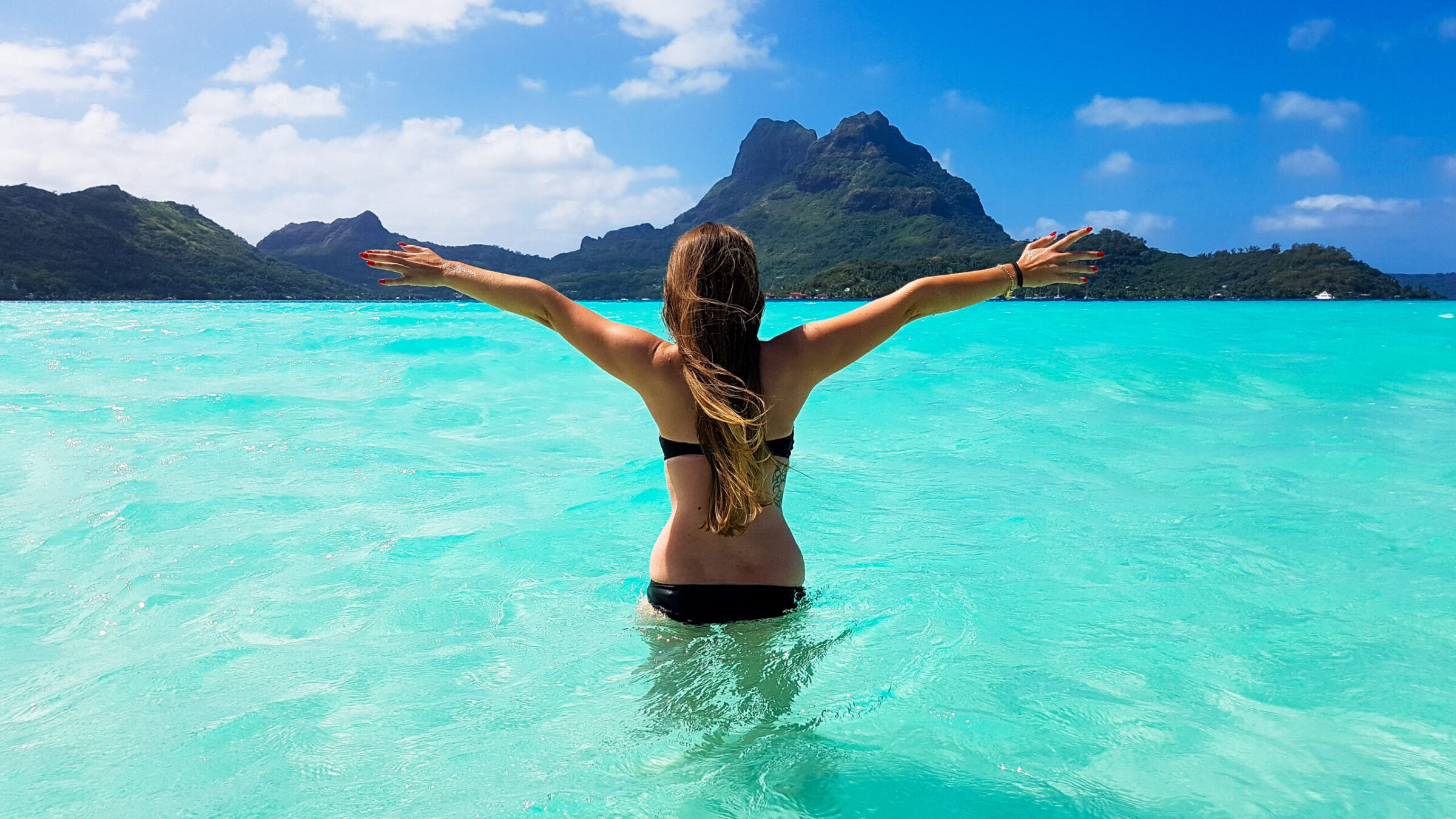
Top 10 things to do in Banff National Park, Canada
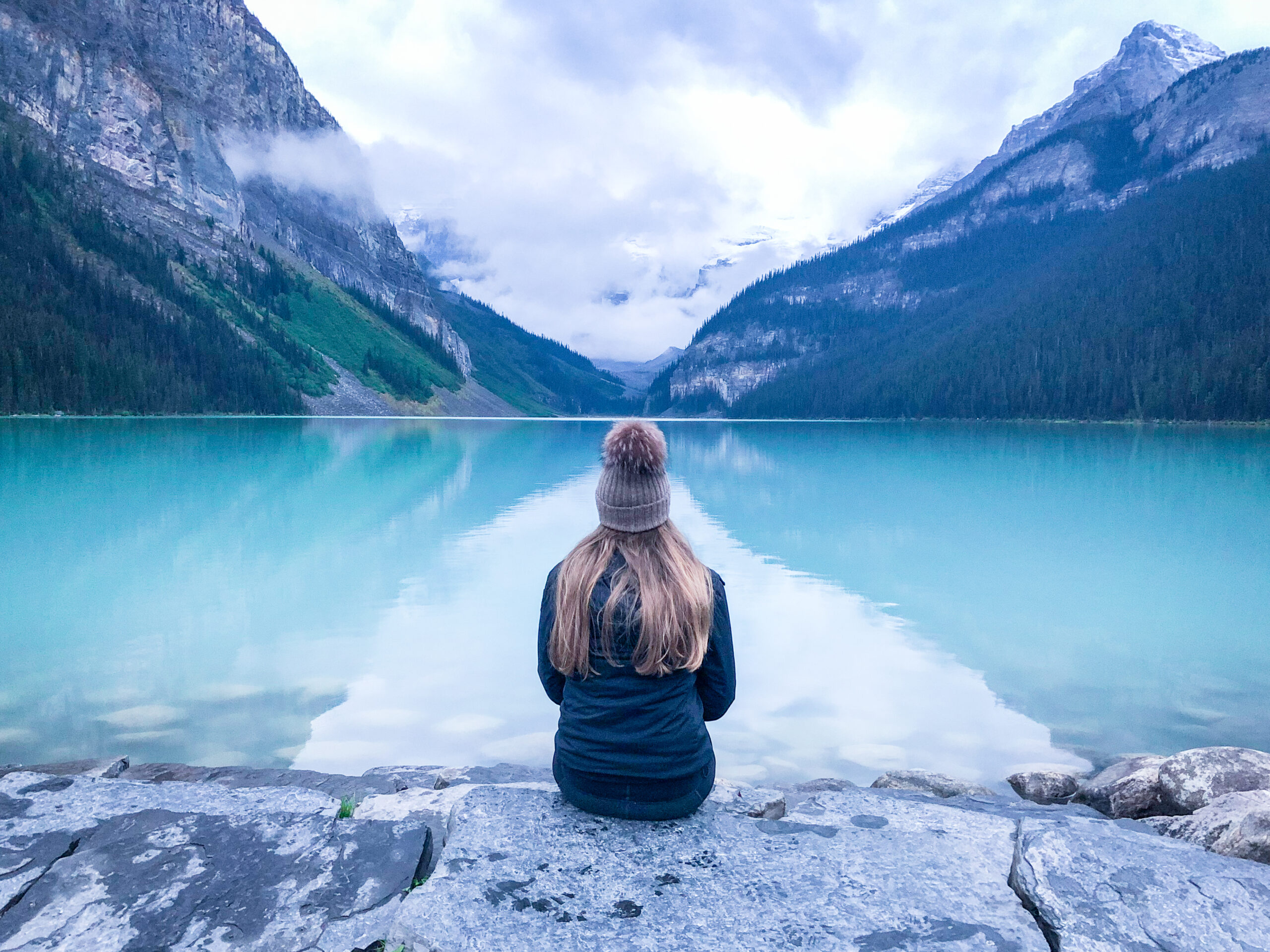
Established in 1883, Banff National Park is the oldest national park in Canada, nestled in the Rocky Mountains of Alberta. It borders Jasper National Park to the north, Yoho National Park to the west, Kootenay National Park to the south, and Kananaskis Country to the southeast.
Banff is a treasure trove of natural beauty, from glaciers and icefields to dense forests and pristine lakes. Here are my top recommendations for must-see destinations and activities to experience in Banff National Park.
Moraine Lake
Probably one of the most famous lakes in the world, Moraine Lake is a glacially-fed body of water located in the Valley of the Ten Peaks within Banff National Park. Since it’s fed by glaciers, the lake doesn’t reach its full crest until mid to late June. The stunning azure blue color of the lake is a result of the refraction of light off the rock flour (fine silt and dust) deposited in the water by the glacier.

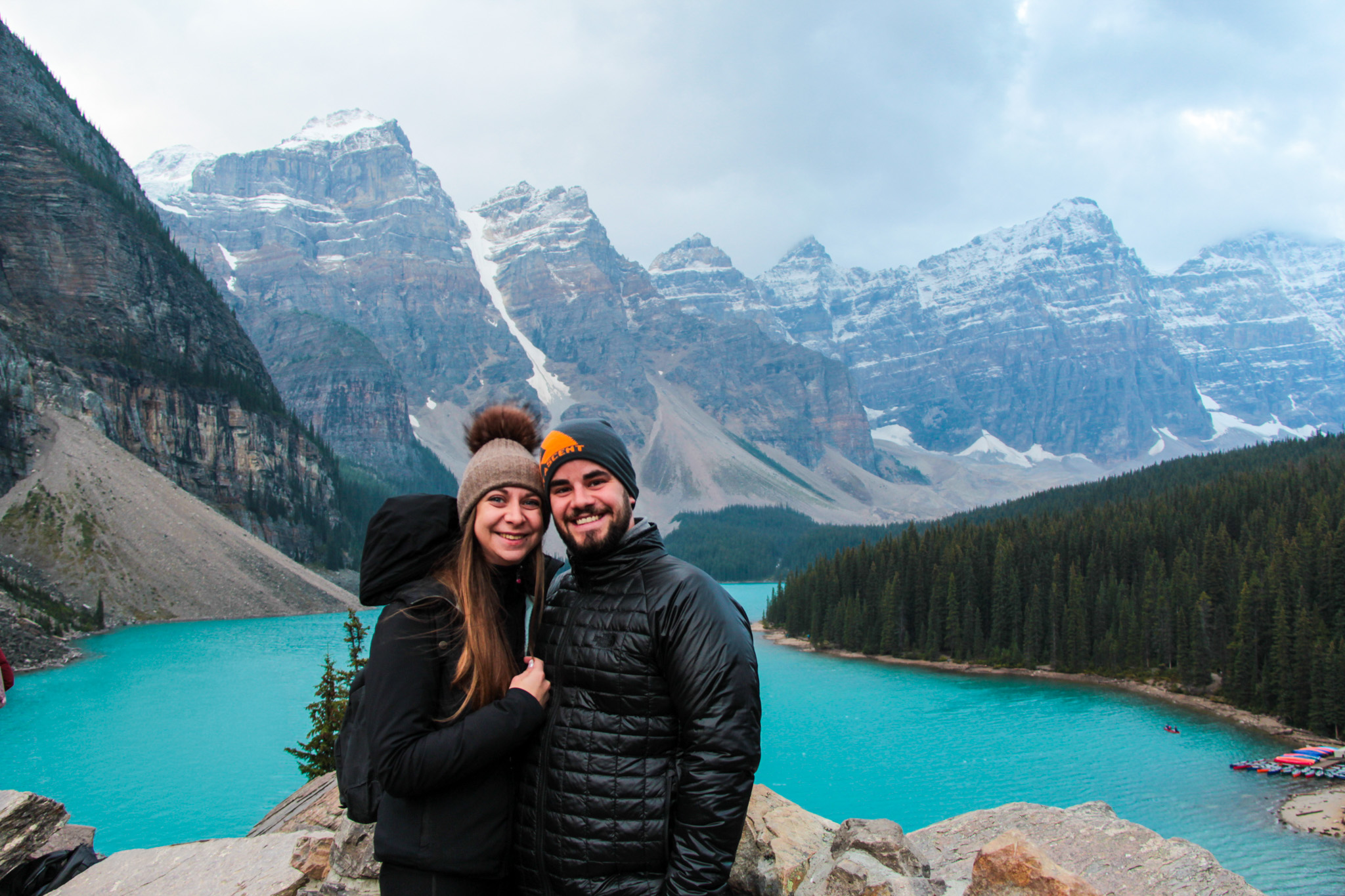
The area around Moraine Lake offers several scenic walking and hiking trails. The most popular is the Rockpile Trail, which follows along the actual moraine and leads to one of the most photographed views in all of Canada. This short trail is about 300 meters long with a gentle elevation gain of 24 meters. The famous viewpoint is often referred to as the „Twenty Dollar View“ because it appeared on the back of the Canadian twenty-dollar bill in 1969 and 1979.
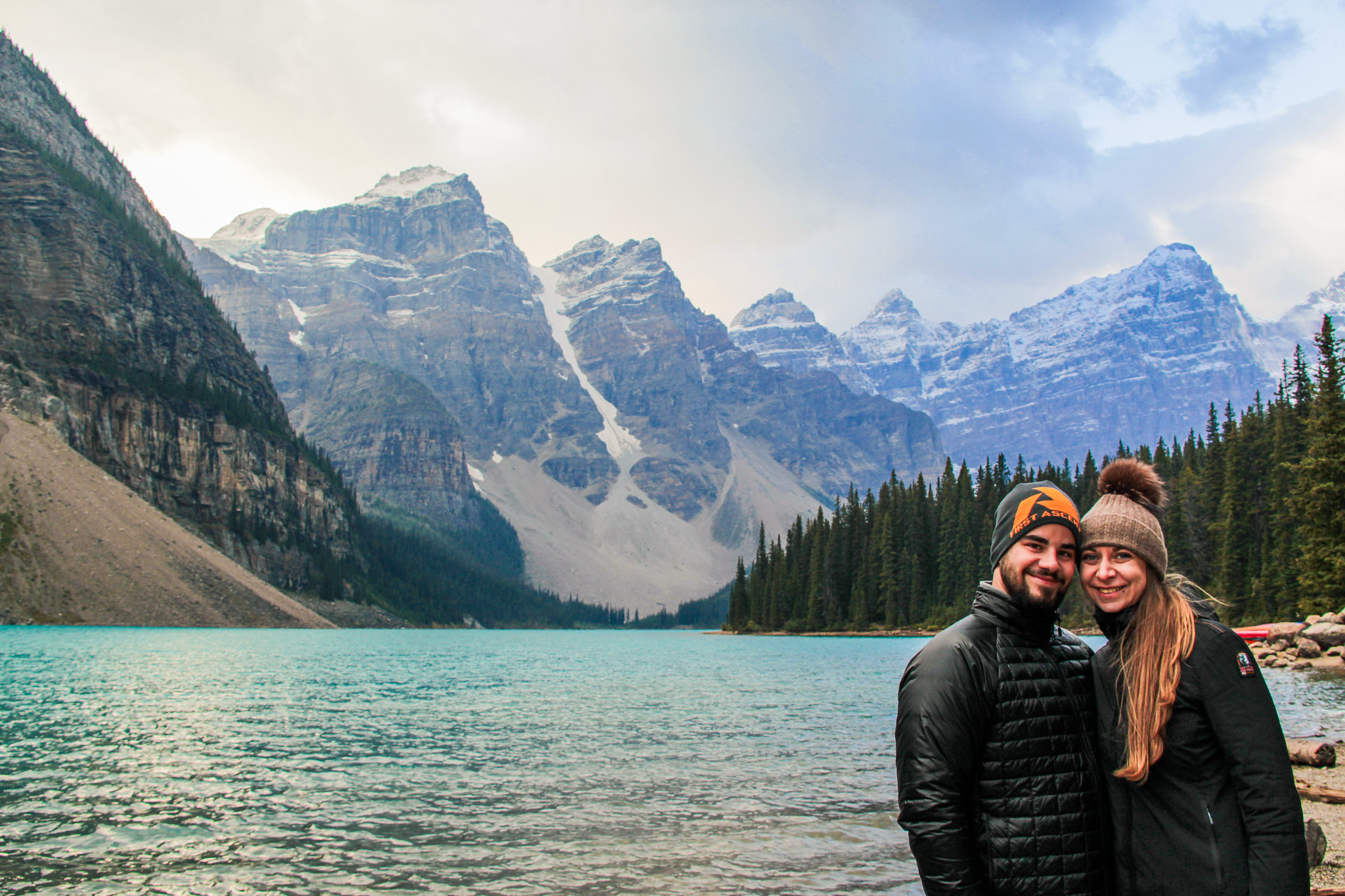
Another well-loved trail is the Consolation Lakes Trail, which is approximately 3 kilometers long with an elevation gain of about 90 meters. Once you reach the Lower Consolation Lake, you can continue on to the Upper Lake, although it’s not immediately visible. Since there’s no clearly marked path beyond the lower lake, you’ll need to navigate across a large rocky area to reach it, which adds a bit of adventure to the hike.
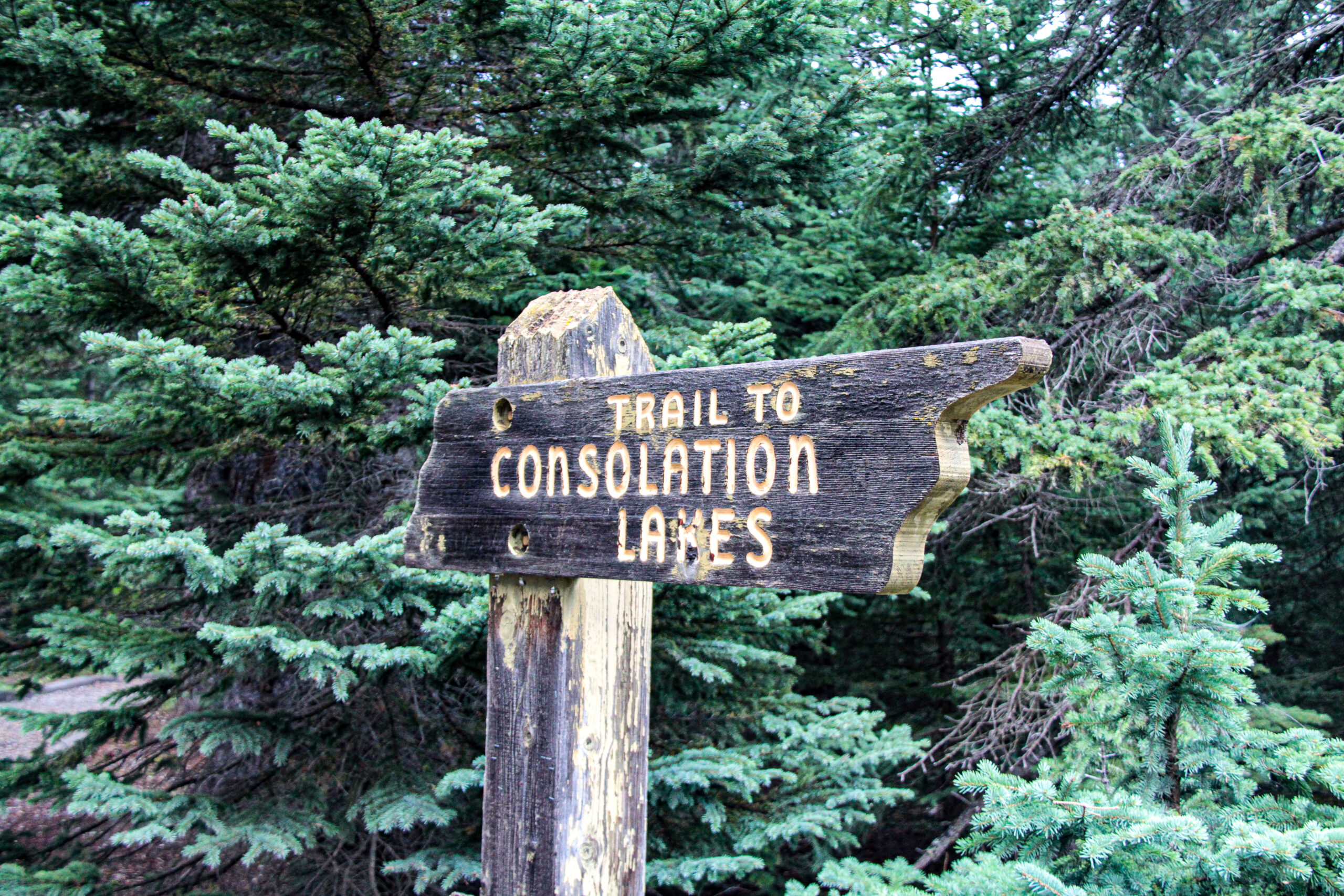
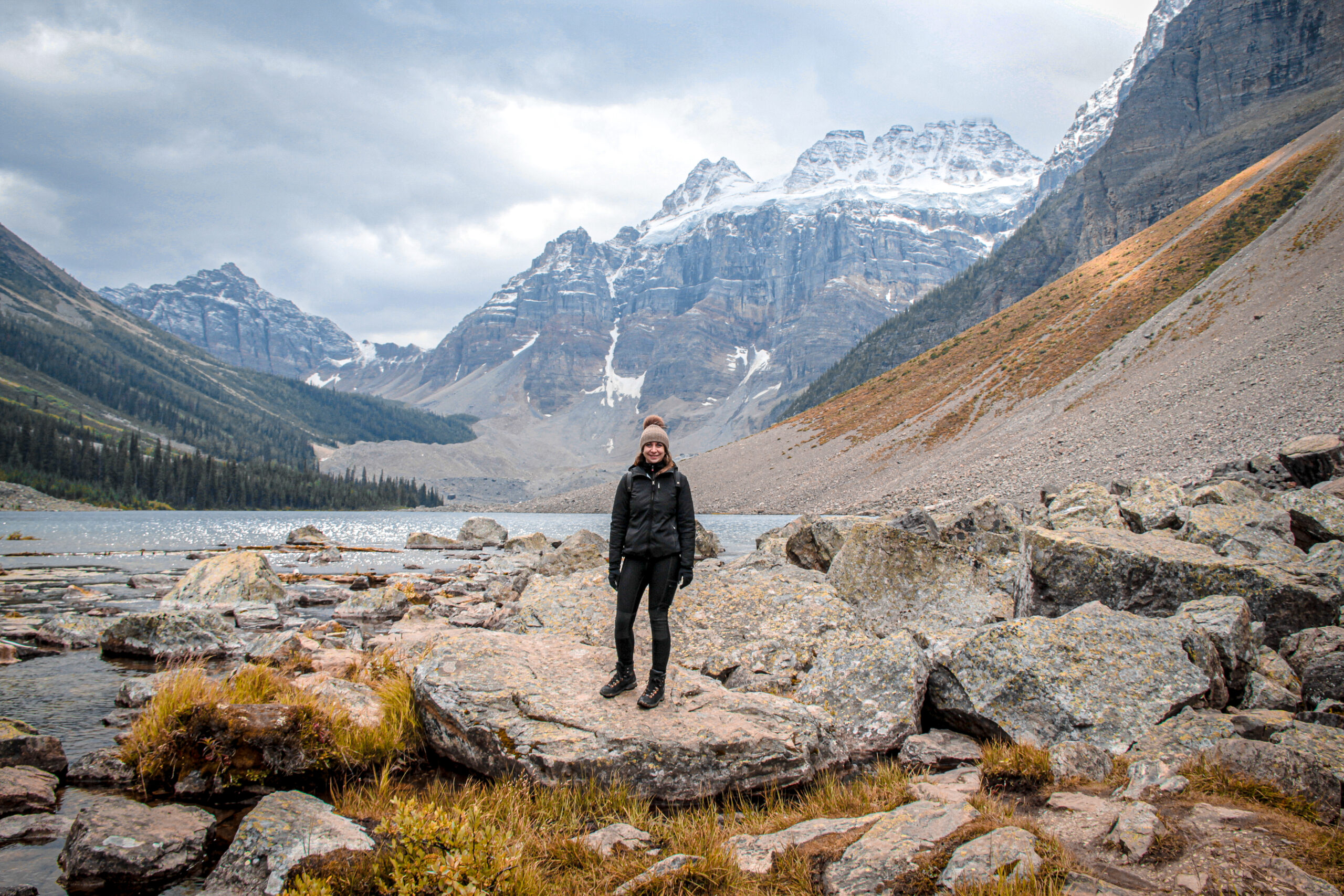
Whenever you plan to visit Moraine Lake and its surroundings, make sure to arrive as early as possible! I was there at 7 in the morning, and the only parking lot was already full.
Lake Louise
Besides Moraine Lake, Lake Louise is also one of the most famous lakes in Banff National Park. Like Moraine, it is a glacial lake, and its striking turquoise colour comes from rock flour carried into the lake by meltwater from the surrounding glaciers.

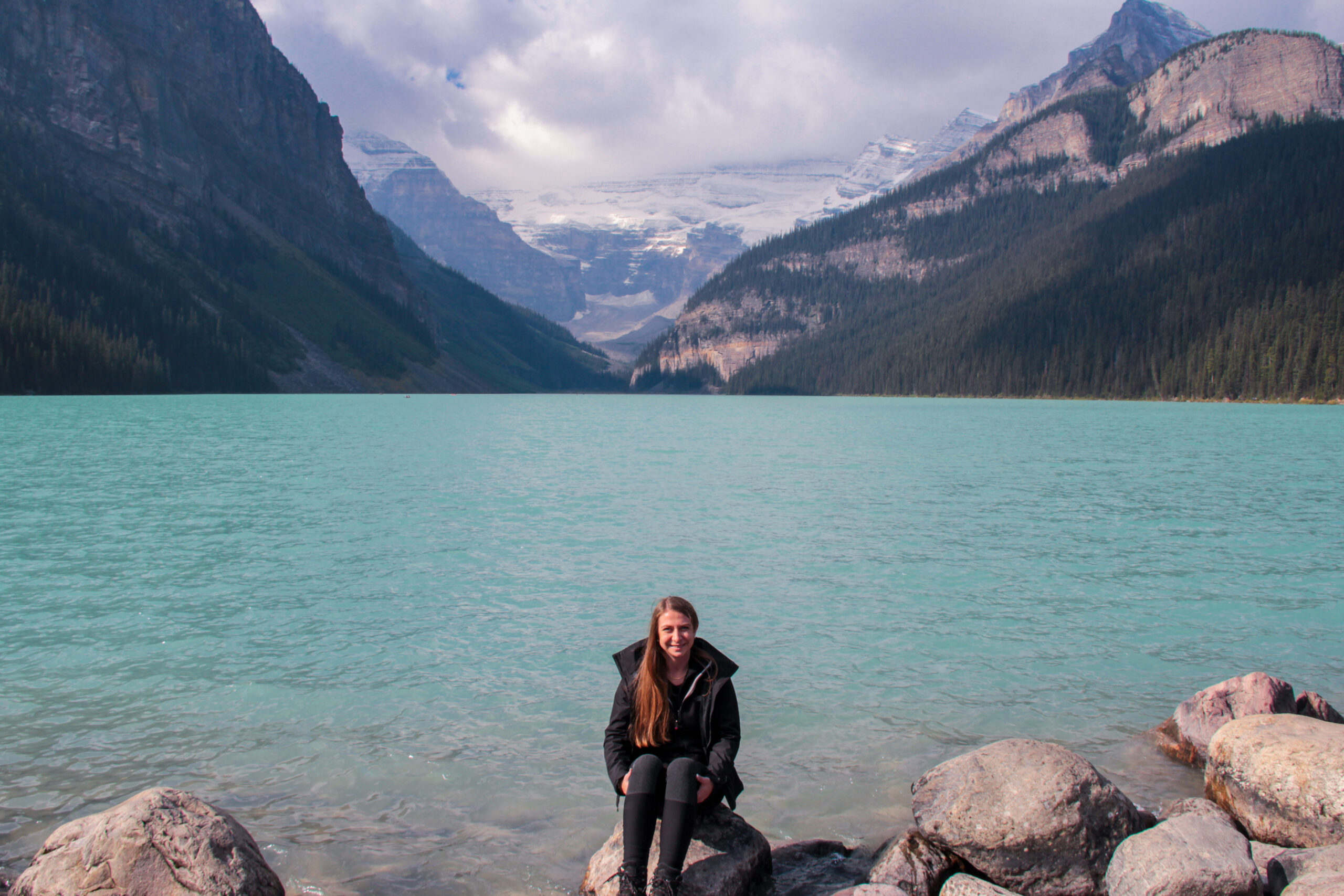
It’s busy all year round, as Lake Louise is one of the most iconic spots in the Canadian Rockies. In summer, you can explore numerous hiking trails or rent a canoe for a paddle across the turquoise water. In winter, the lake transforms into a large natural ice skating rink.
The most popular hike is the one to Lake Agnes and its charming Tea House. The trail is about 7 km (one way) and takes roughly 2 hours to reach the top. Since it’s a well-known destination, it can get very crowded, so don’t be surprised if it’s tough to find a seat inside the Tea House!
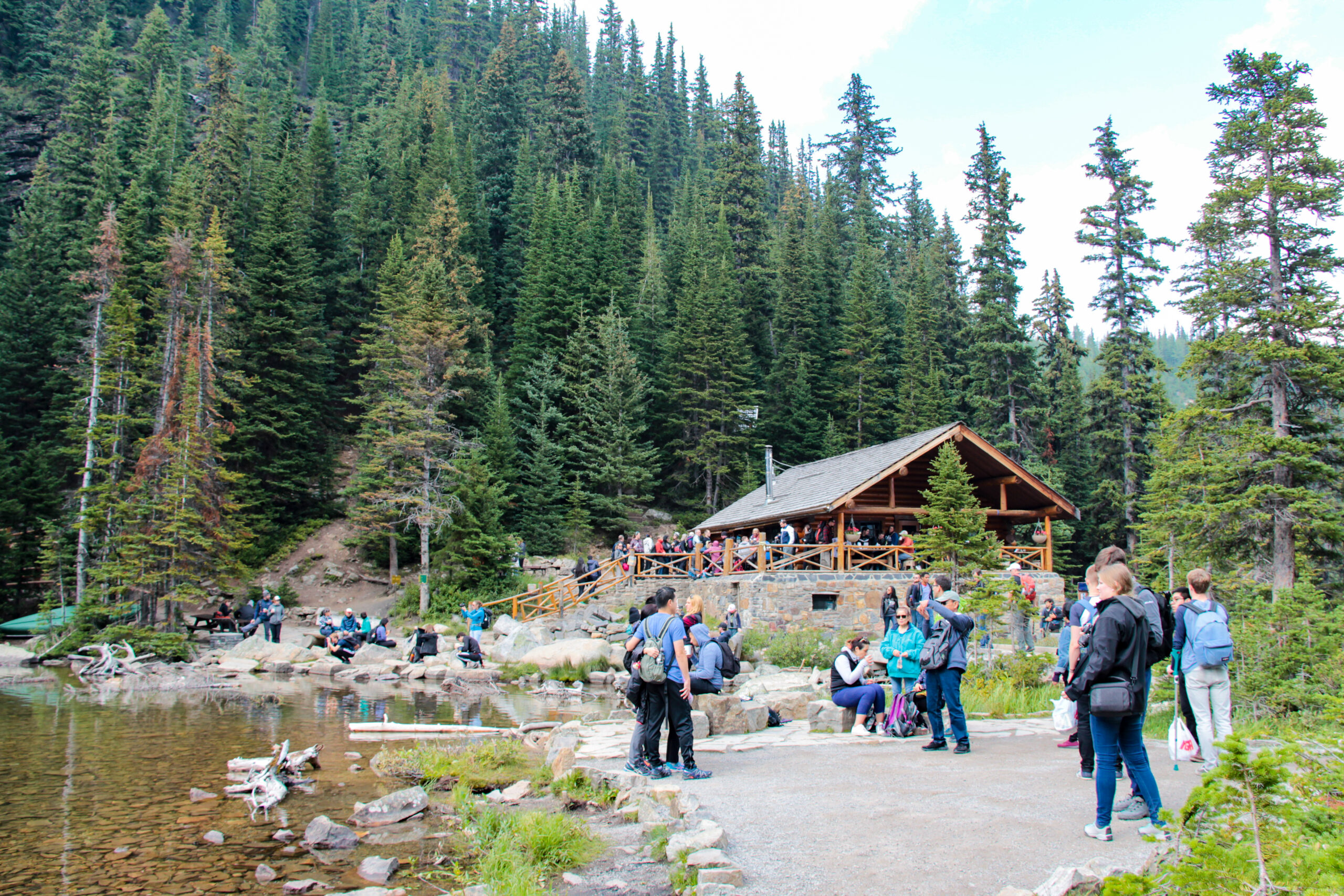
You can extend your hike with either the Little Beehive or the Big Beehive trails. Both routes take you higher up and reward you with stunning panoramic views over Lake Louise. We had originally planned to hike the Big Beehive, but on the way to Lake Agnes, we passed the trail to the Little Beehive and spontaneously decided to take that route instead. I have no regrets, the view from up there is absolutely breathtaking. If you have enough time and energy, you can definitely do both hikes in one day.
Read next: Lake Louise.
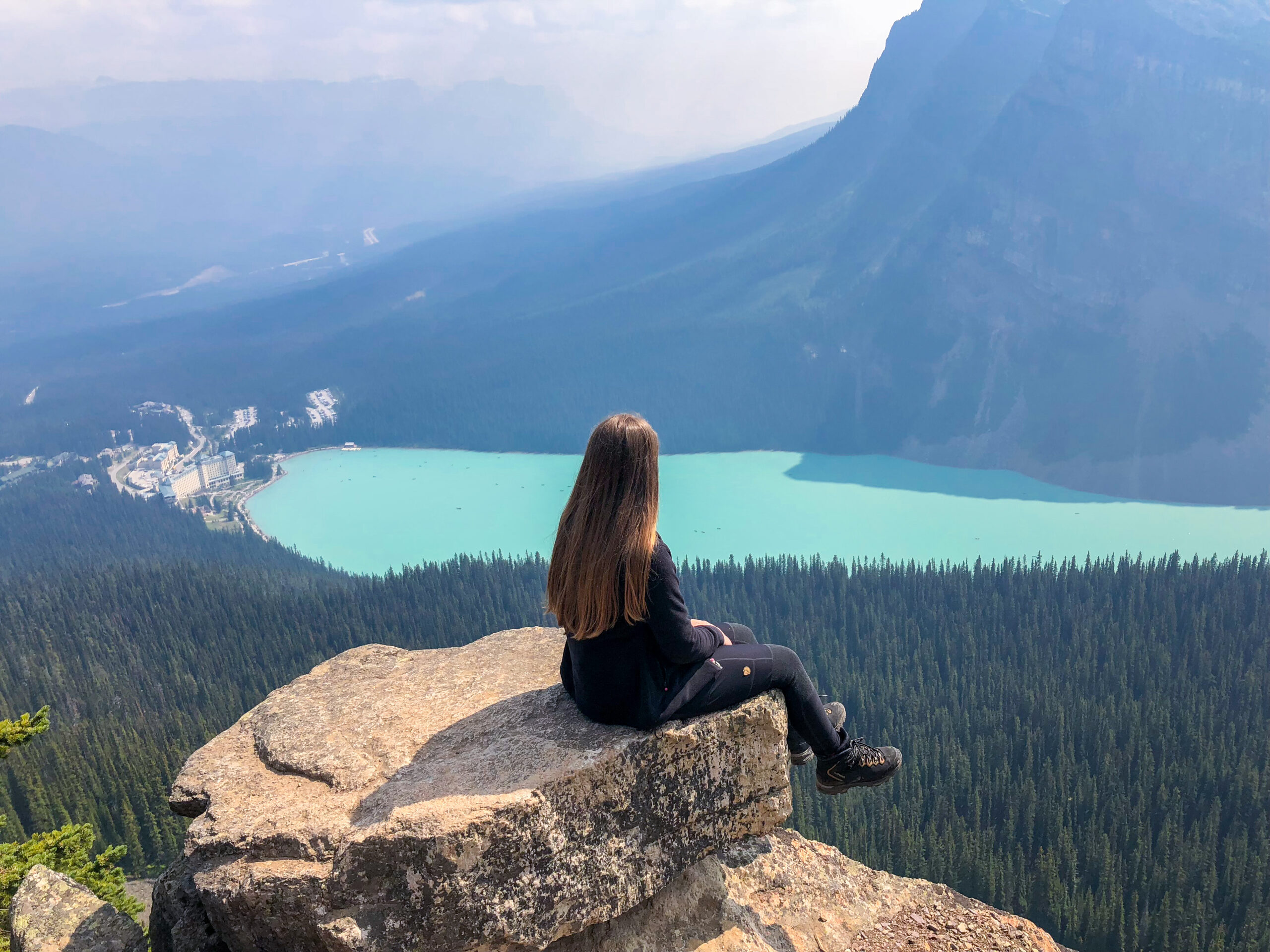
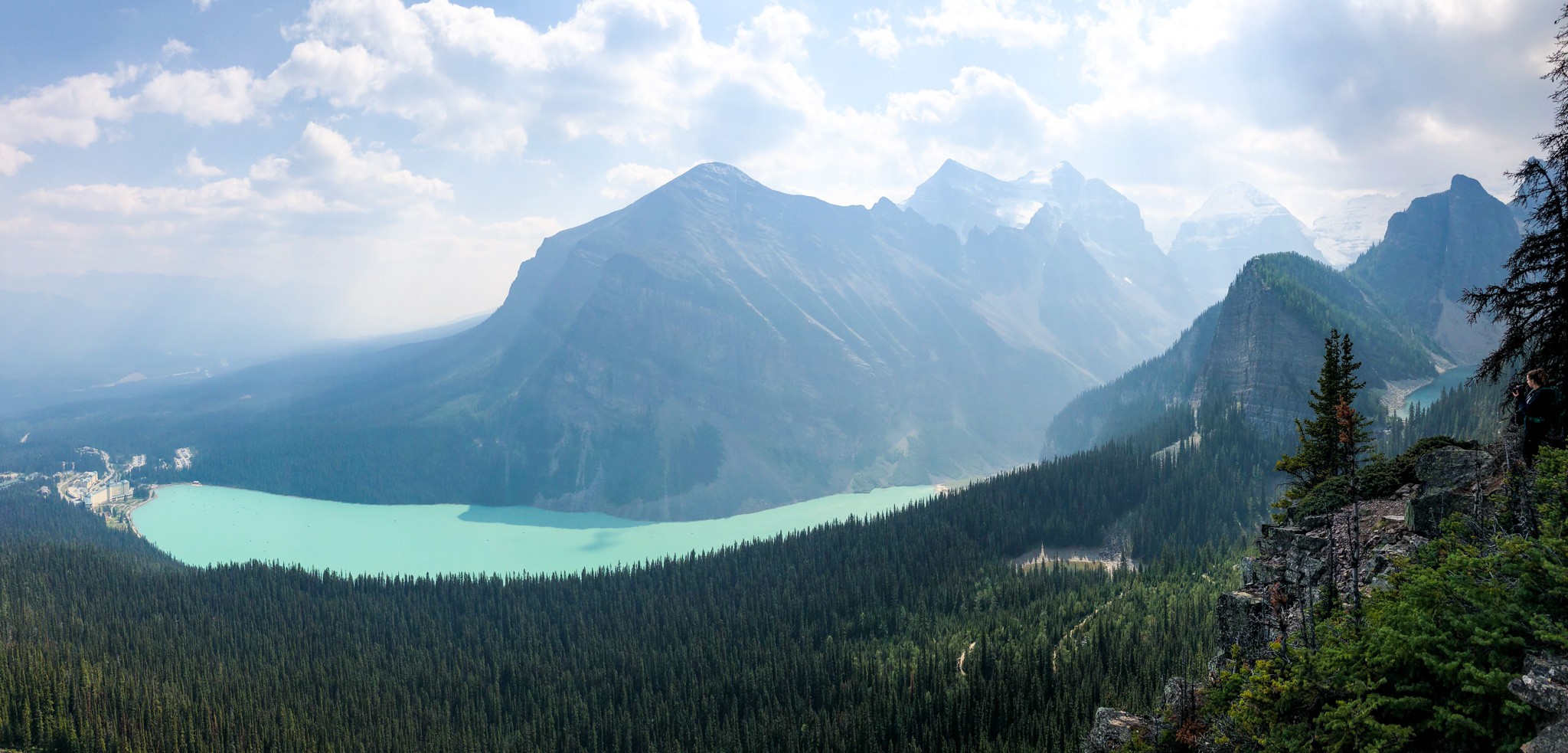
Make sure to arrive at Lake Louise either very early in the morning or later in the evening—everything in between tends to be extremely crowded. It’s one of the most visited spots in the Rockies, so planning ahead will make your visit much more enjoyable.
Mount Norquay
Via Ferreta is an Italian term meaning „iron road.” It refers to a protected climbing route where a steel cable is fixed into the rock and runs along the entire route. It allows people to reach more challenging peaks that were previously accessible only to experienced mountaineers. Along the way, you can climb ladders and cross suspension bridges.
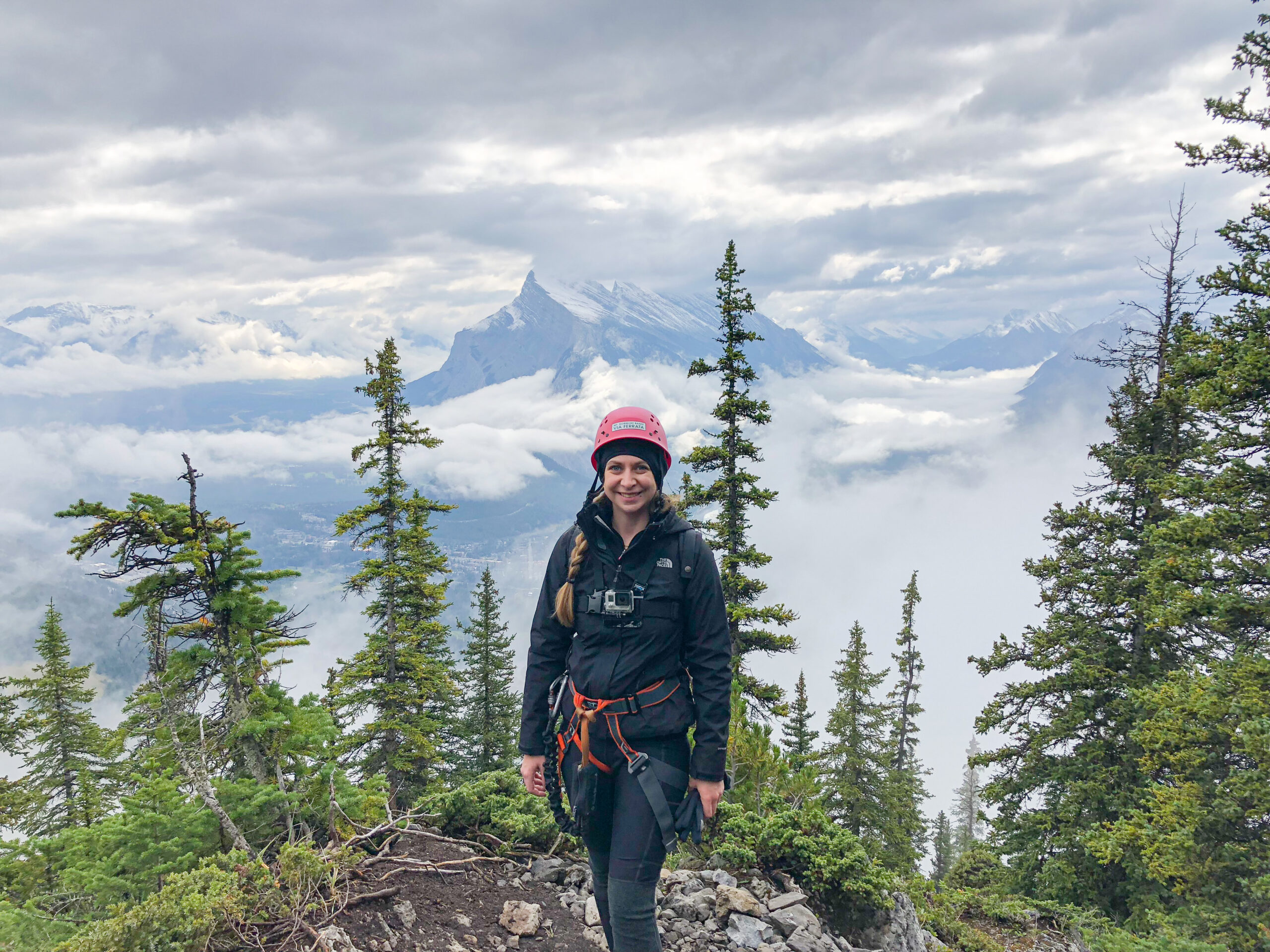
Since 2014, Via Ferrata has been available on Mount Norquay, and it’s the only one in Banff National Park.
You can choose between five different routes, each offering a different level of difficulty. The available routes are:
- Explorer: 2 – 2.5 hour round trip | 1km distance | 2235m above sea level | 145m elevation gain | $189
- Ridgewalker: 3.5 – 4 hour round trip | 1.4km distance | 2300m above sea level | 260m elevation gain | $249
- Alpinist: 4 – 4.5 hour round trip | 1.9 km distance | 2350m above sea level | 270m elevation gain | $279
- Skyline: 4.5 – 5 hour round trip | 2.5km distance | 2380m above sea level | 290m elevation gain | $309
- Summiteer: 5 – 6 hour round trip | 3.2km distance | 2450m above sea level |360m elevation gain | $365
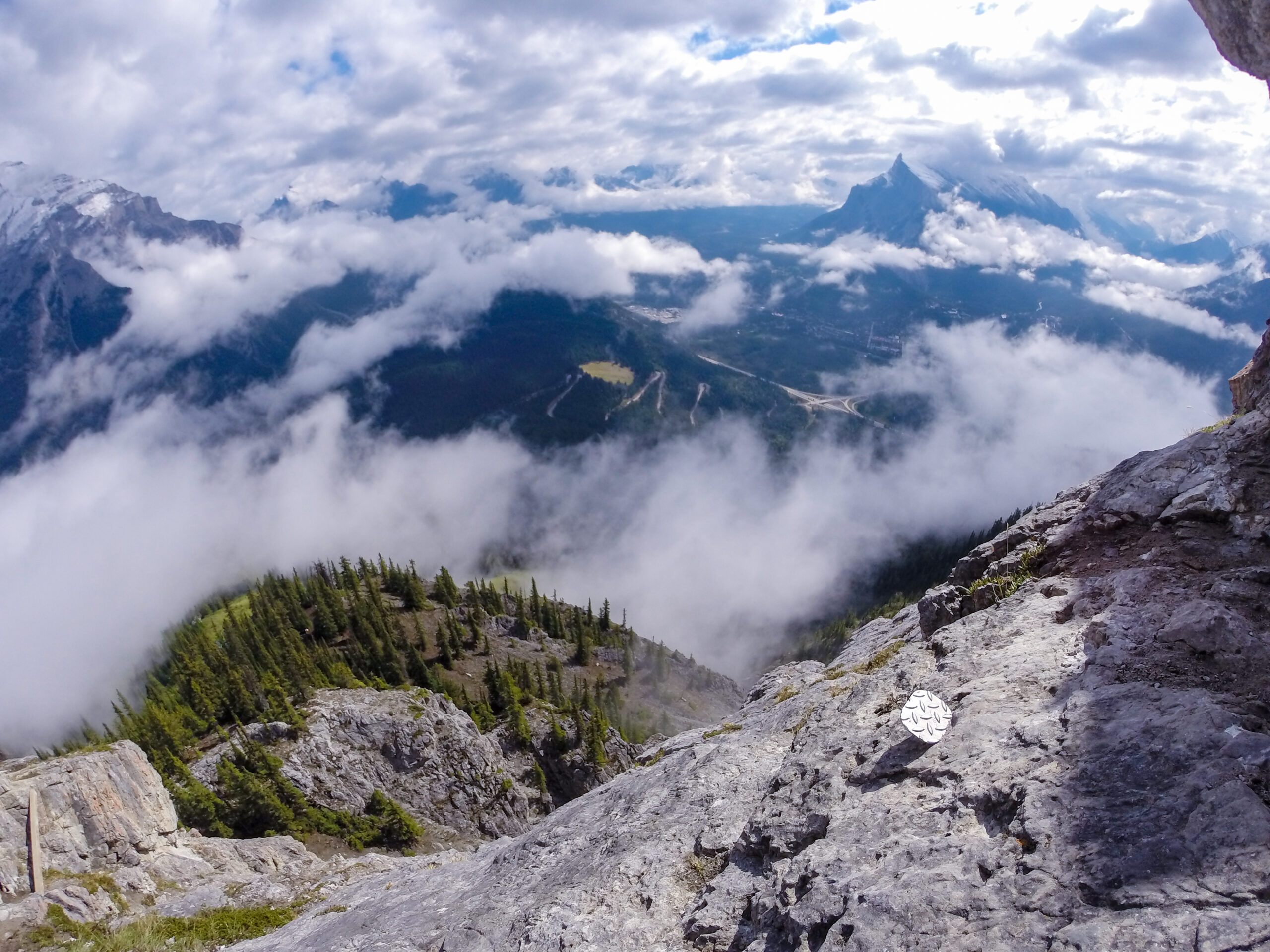
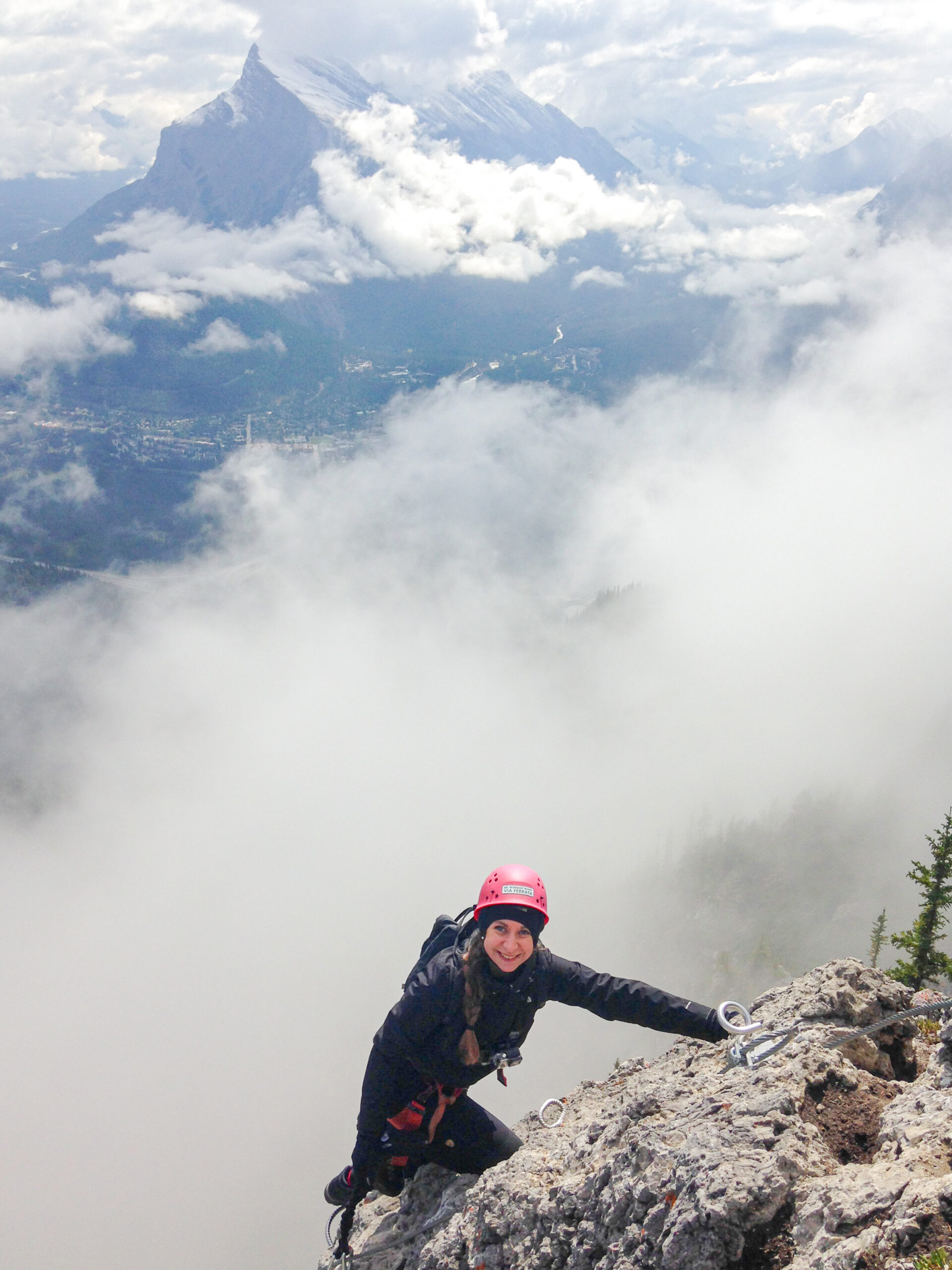
For anyone who wants to give it a try but isn’t sure which route to choose, I highly recommend the Ridgewalker Route. It’s not too difficult, but it still gives you the full experience of climbing up a mountain.
Read next: Via Ferreta on Mount Norquay.
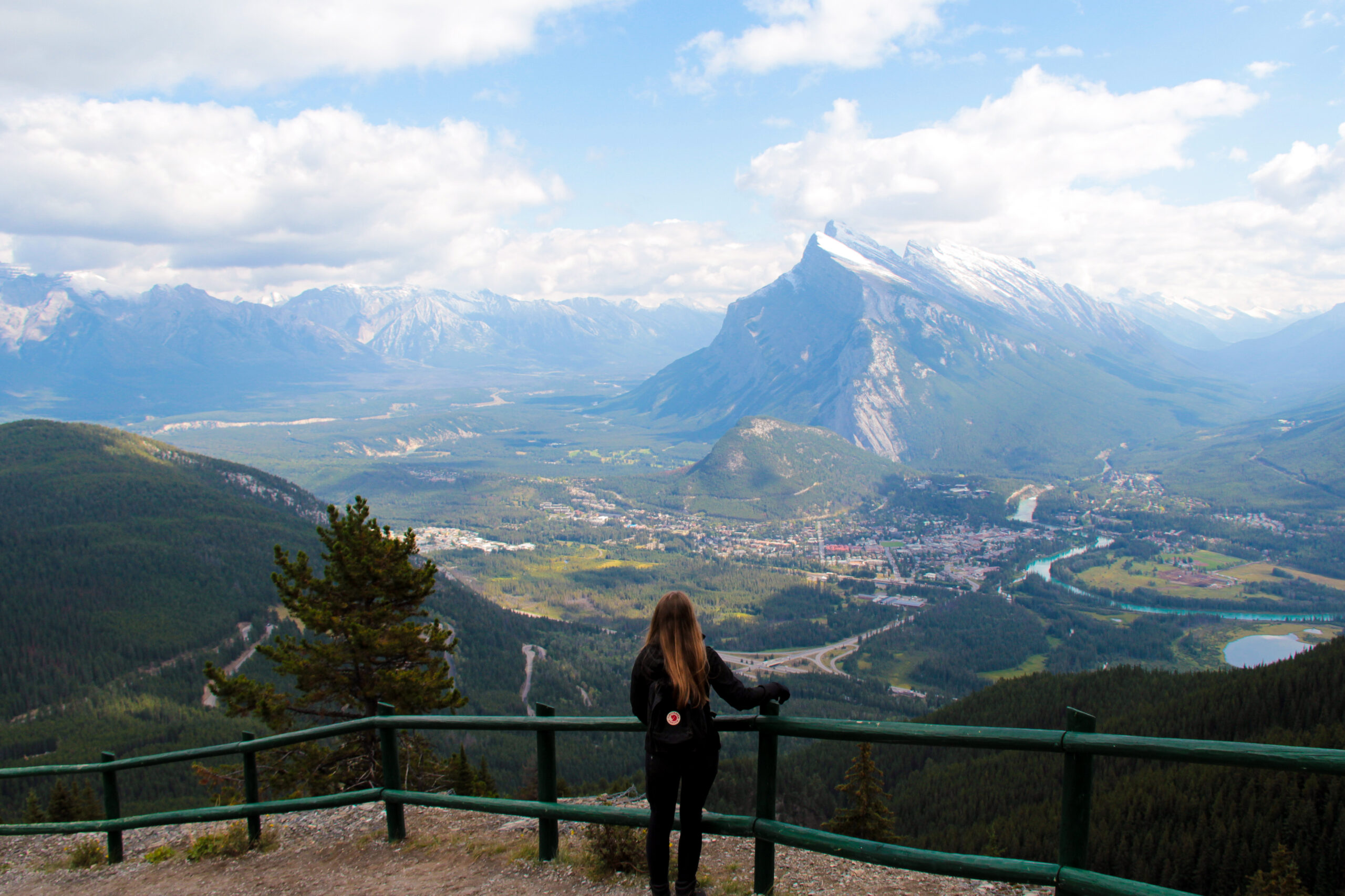
Sulphur Mountain & Banff Gondola
The Banff Gondola is a must-do during your stay in Banff National Park. It takes you up to Sulphur Mountain, which stands at 2,292 meters. This spot is especially popular for its spectacular panoramic views over the Town of Banff. From the top, you can also see six mountain peaks all at once, making it a truly unforgettable experience.

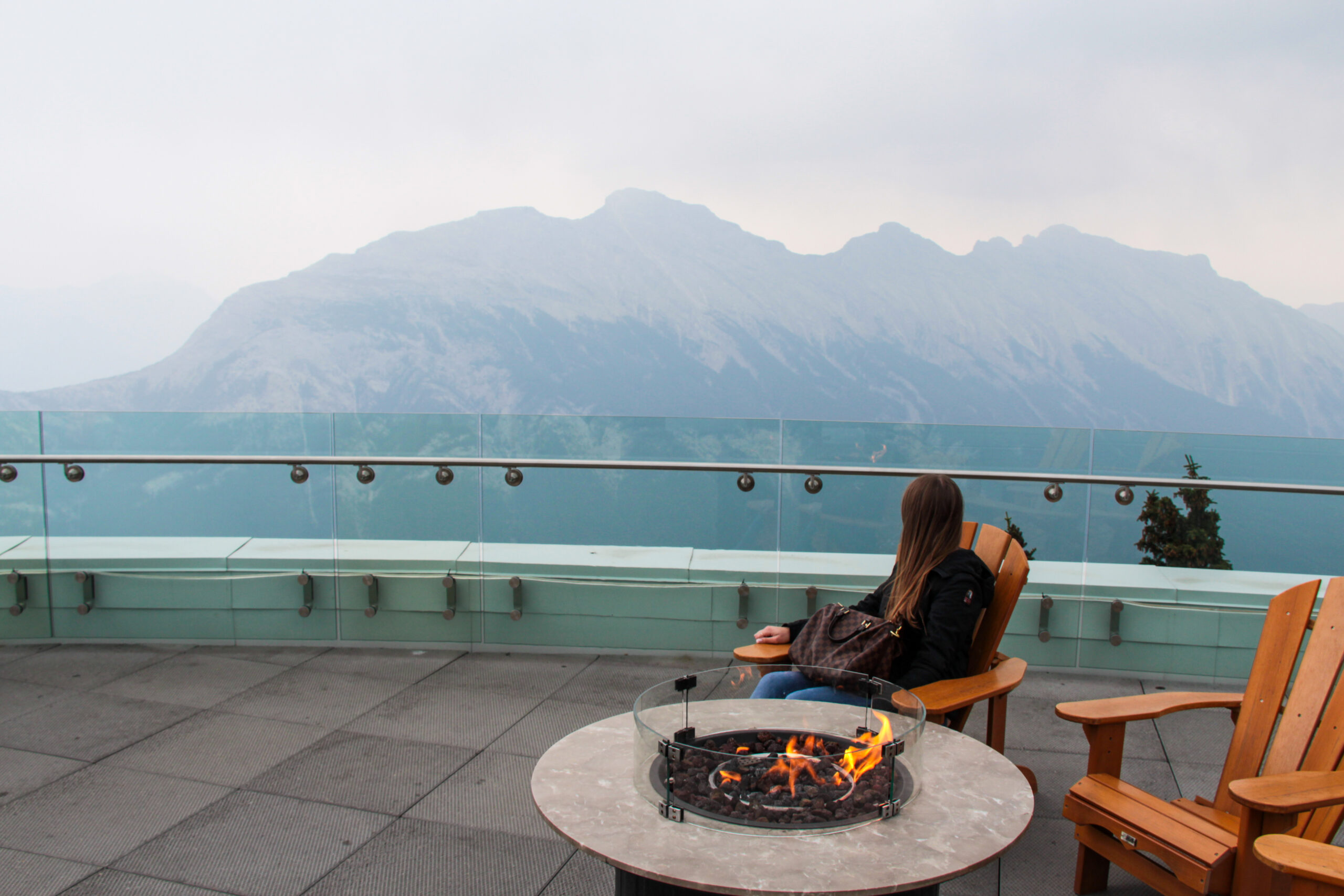
Sulphur Mountain is also home to two sulphurous hot springs. The lower one is the Cave and Basin National Historic Site, while the higher one is the Banff Upper Hot Springs, which is very popular among visitors and often overcrowded. Since both the Banff Gondola and the Upper Hot Springs are located close to each other, you can easily combine these two attractions in one day. The Cave and Basin National Historic Site was discovered by three railway workers in 1883, but the hot springs here are no longer open to the public.
Read next: Banff Gondola and Sulphur Mountain
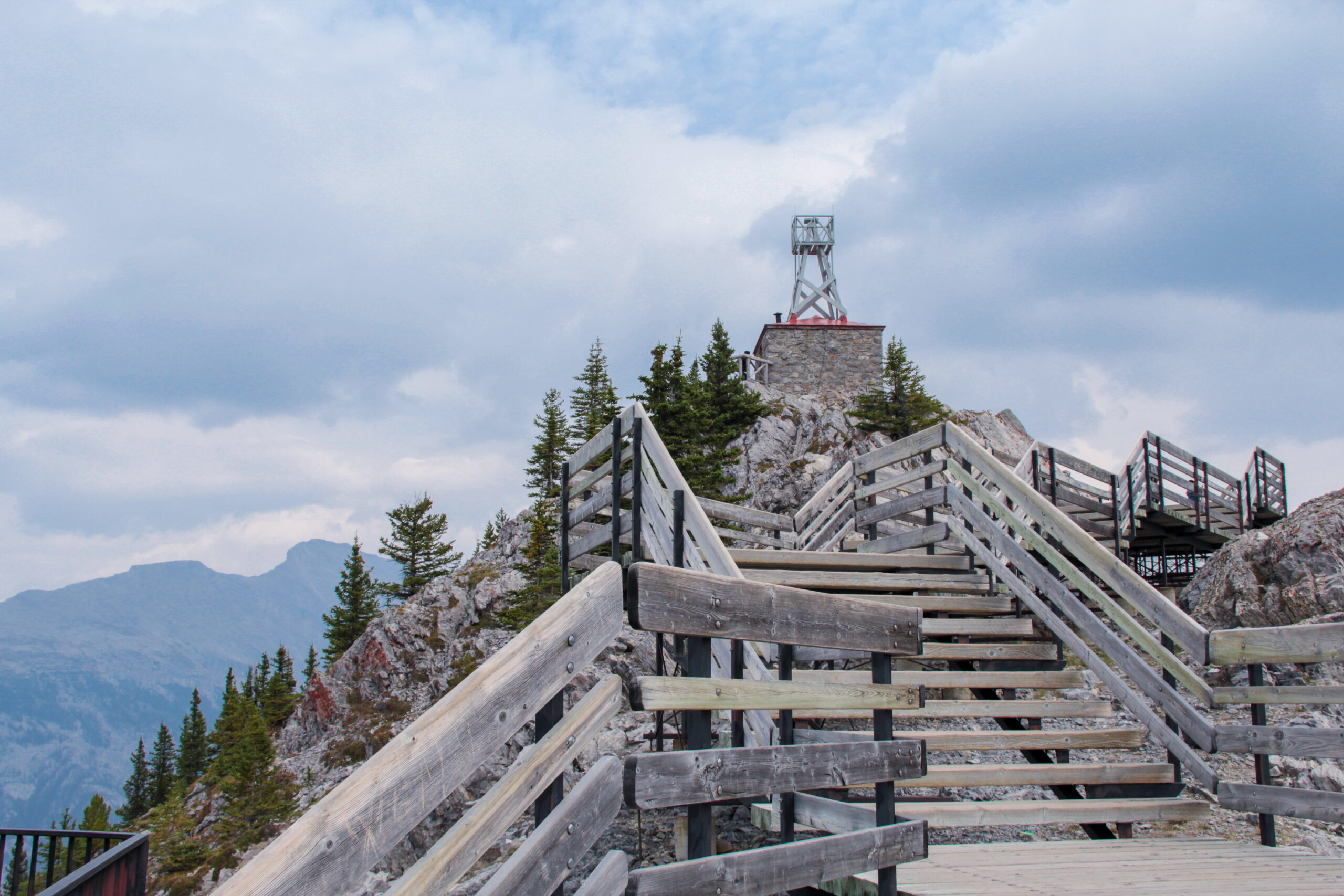
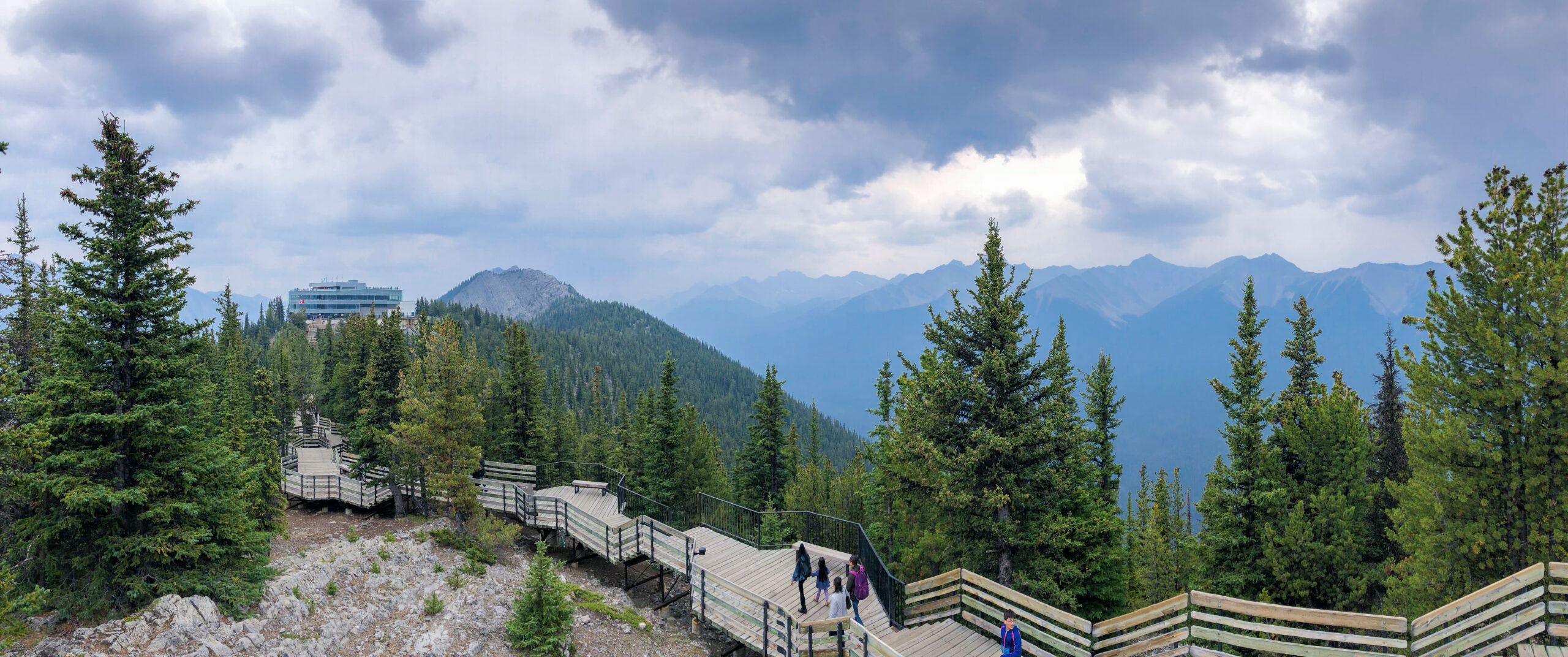
Columbia Icefield
Located in the Canadian Rocky Mountains, the Columbia Icefield is the largest icefield in the North American Rockies. Covering an area of approximately 325 square kilometers, it spans both Banff National Park and Jasper National Park.
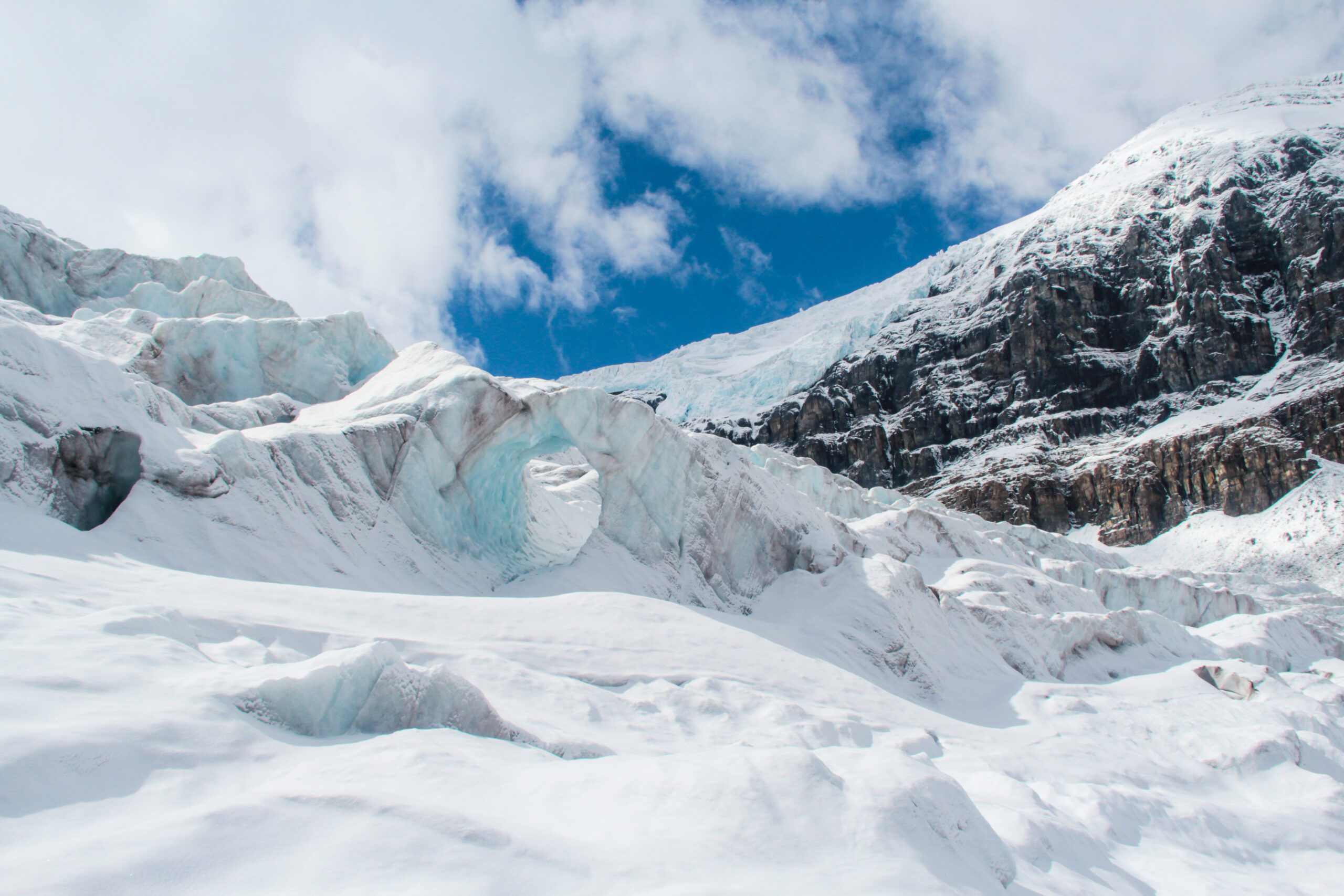
The most well-known and most visited glacier within the Columbia Icefield is the Athabasca Glacier. Although it is easily accessible, it is strongly advised not to venture onto the glacier on your own due to hidden crevasses and unstable ice. Instead, there are guided tours available that safely take you to the toe of the glacier, as well as specially designed buses, called Ice Explorers, that transport visitors onto the glacier itself.
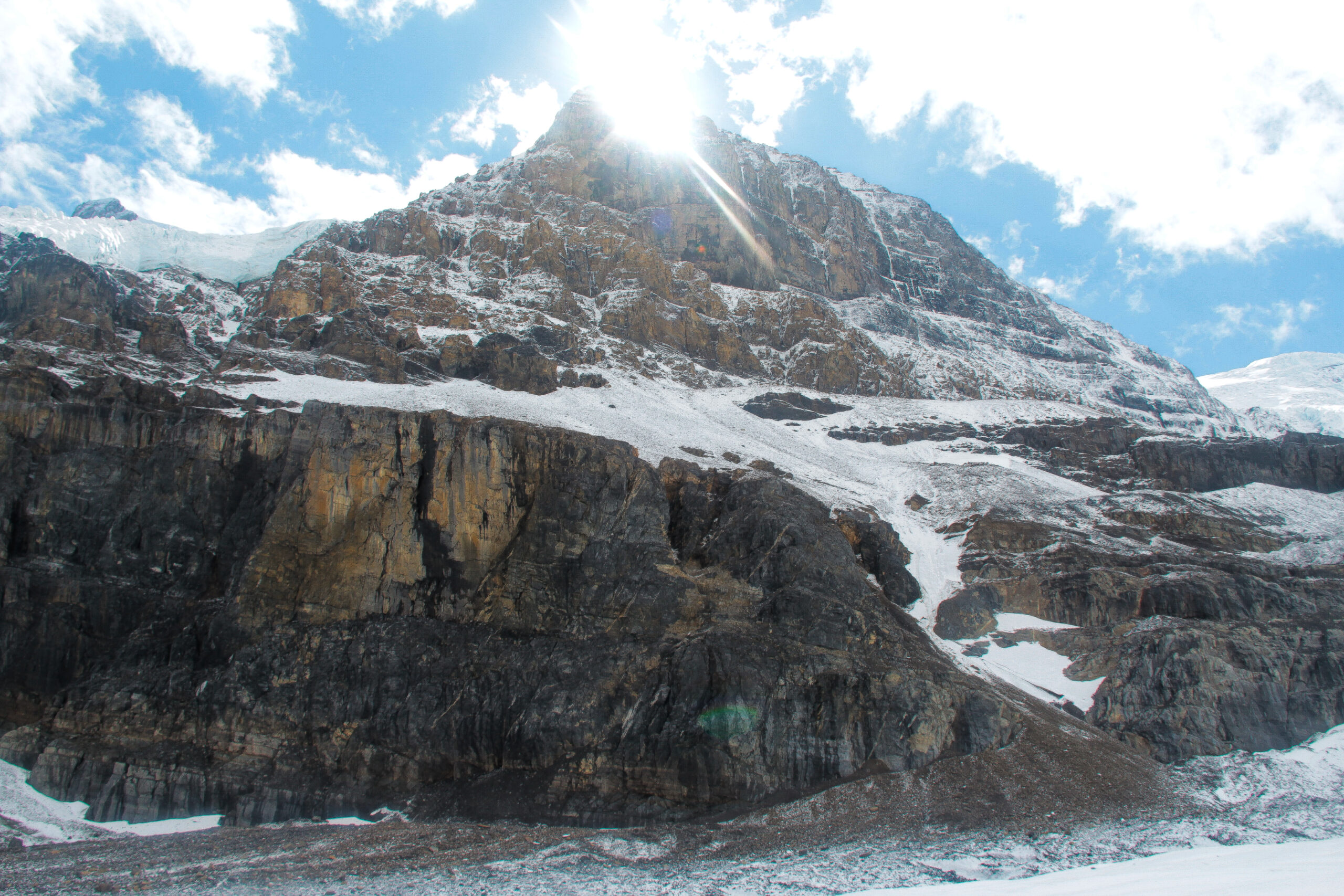
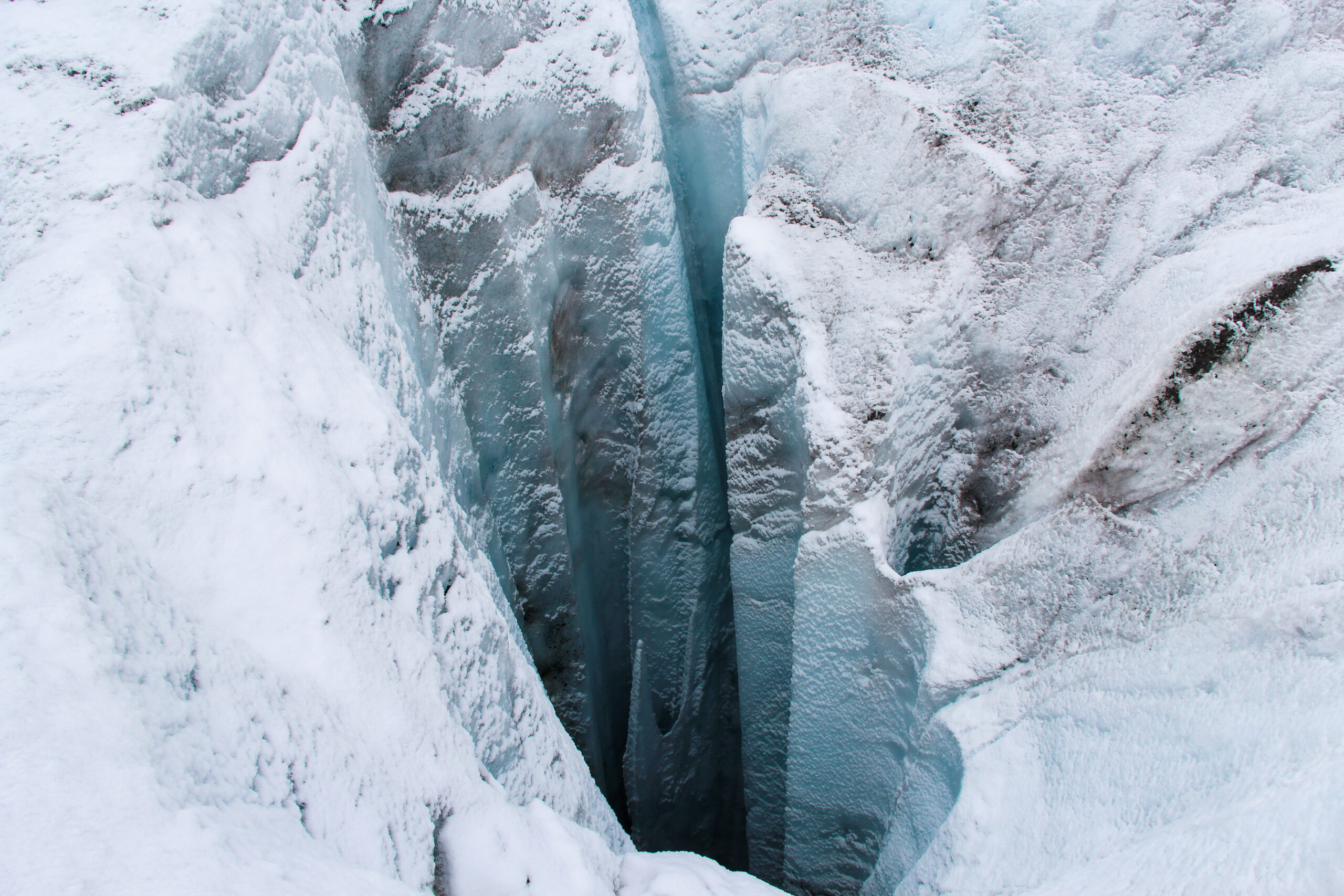
You can also experience a cliff-edge walkway featuring waterfalls, wildlife, and more — with the highlight being a glass-floored lookout that offers a breathtaking view over the Sunwapta Valley.
Read next: Athabasca Glacier Icewalks in Jasper National Park Canada
Peyto Lake
This stunning lake is located just off the Icefields Parkway and, like many others in Banff National Park, is glacier-fed. Sitting at an elevation of 1,860 meters, it lies in a valley of the Waputik Range, nestled between Peyto Peak, Mount Jimmy Simpson, and Caldron Peak.
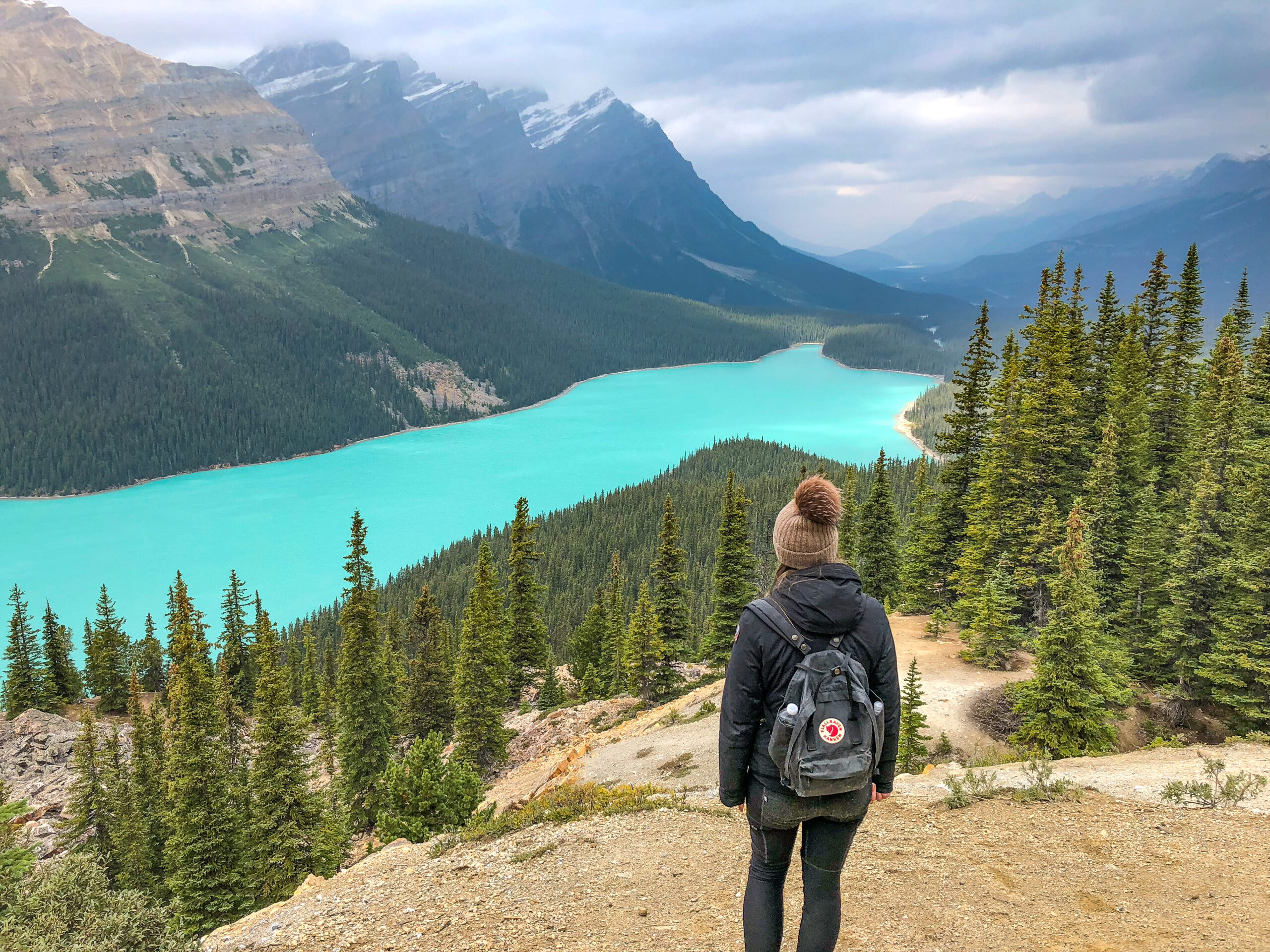
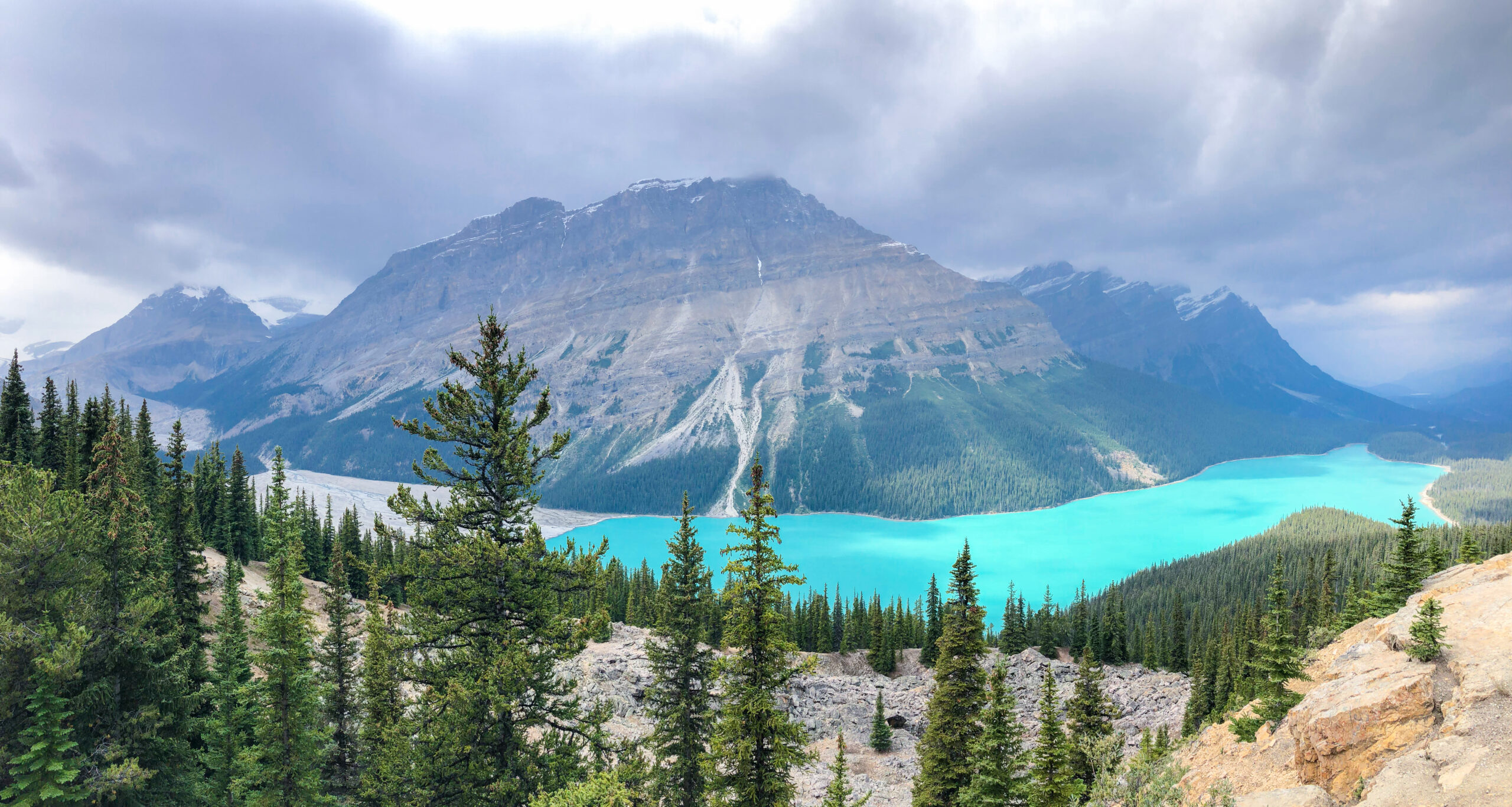
The viewpoint overlooking Peyto Lake is one of the most breathtaking in Banff National Park, and a popular stop for travelers driving from Banff to Jasper. Its striking bright turquoise color makes it a favorite among photographers. Alongside Moraine Lake and Lake Louise, Peyto Lake is considered one of the most beautiful and iconic spots in the park.
Johnston Canyon
Johnston Canyon is a relatively easy and popular hike in Banff National Park. The trail leads to both the Lower and Upper Falls, with numerous viewpoints along the way offering stunning views into the canyon and the deep blue creek flowing below.
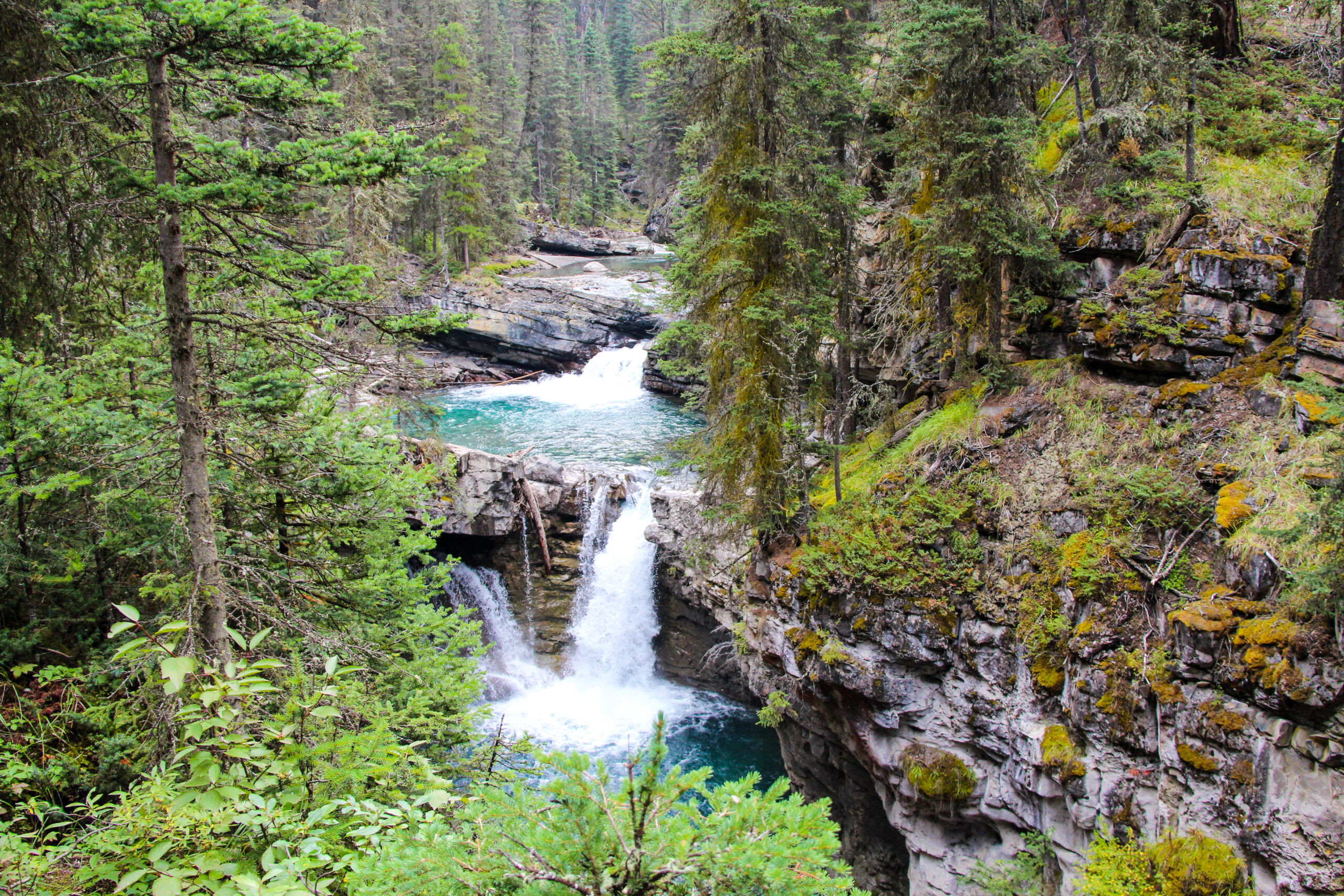
The Lower Falls are easily accessible thanks to a fairly flat and smooth trail. It’s about 1.1 km from the parking lot, taking roughly 30 minutes to reach. Don’t miss the short tunnel carved through the canyon rock, it leads to a viewing platform just a few meters from the falls. Be prepared to get misted by the spray!
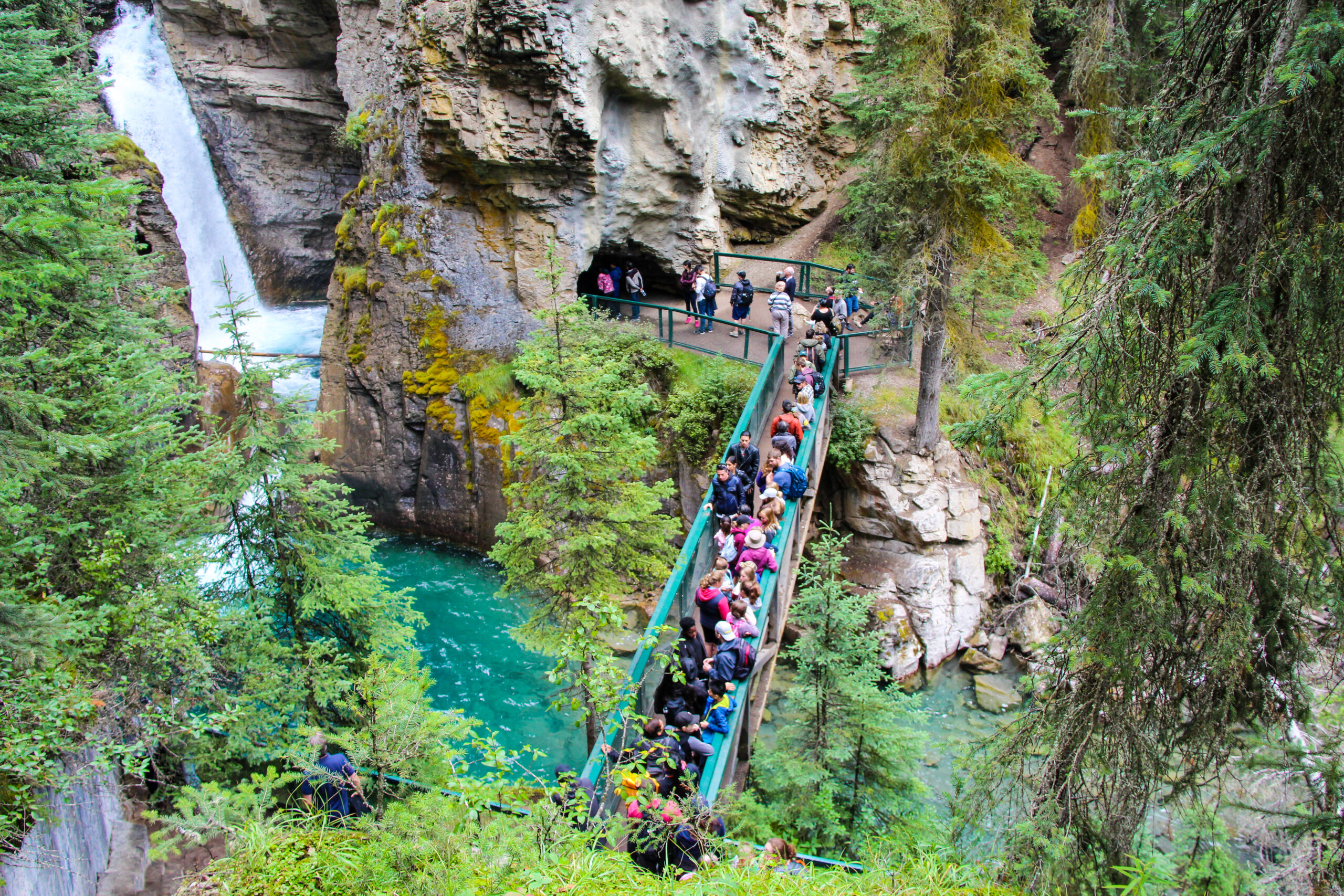
The Upper Falls are a bit more challenging to reach. The trail is steeper and stretches about 2.6 km, taking around an hour to get there. These impressive falls drop a dramatic 40 meters into a deep pool below. You can view the Upper Falls from two lookout points—one at the base of the falls and another that overhangs the gorge, offering a view from the top.
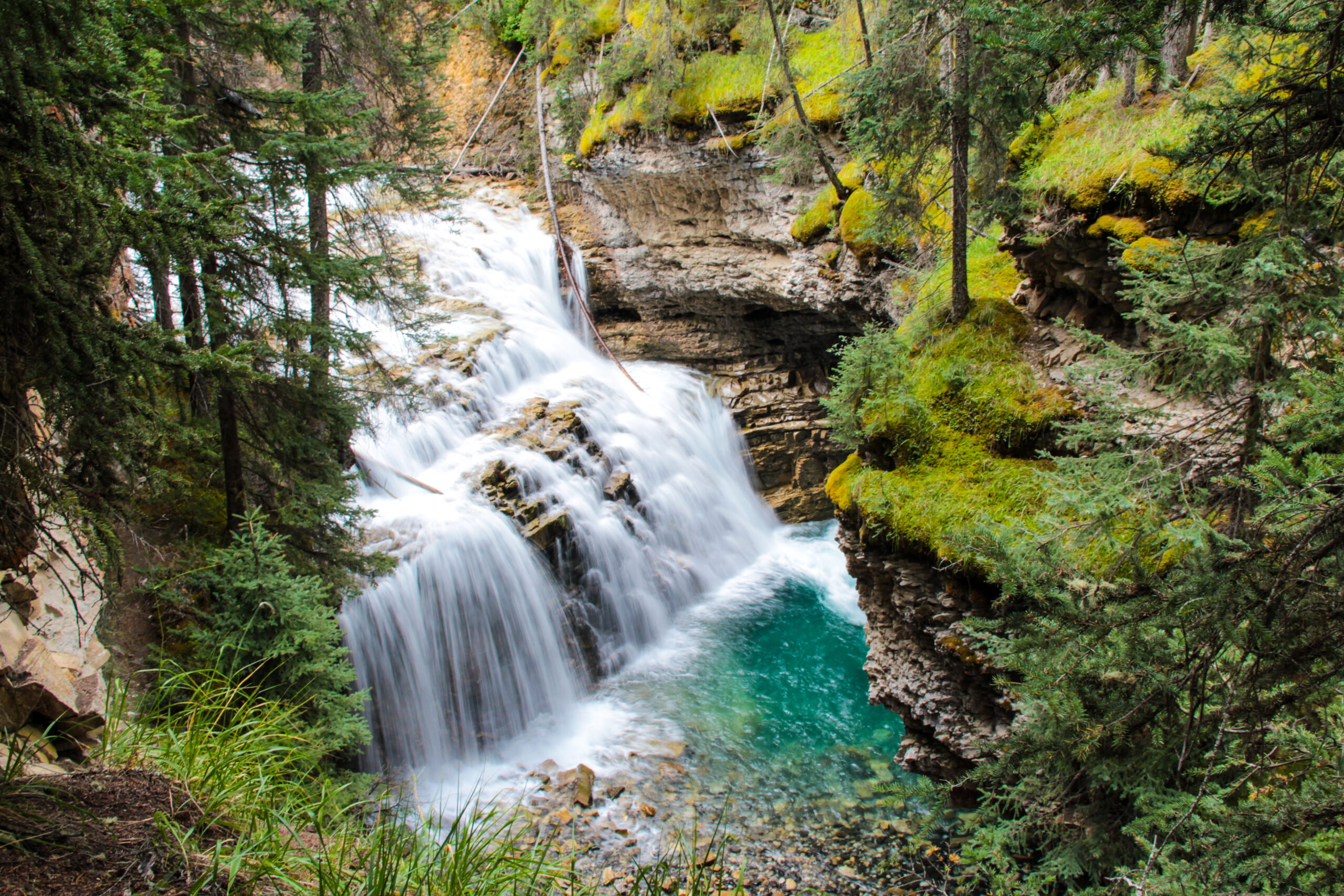
If you’re up for a longer hike, you can continue past the Upper Falls to reach the Ink Pots—seven vibrant green-blue pools bubbling up in an open meadow.
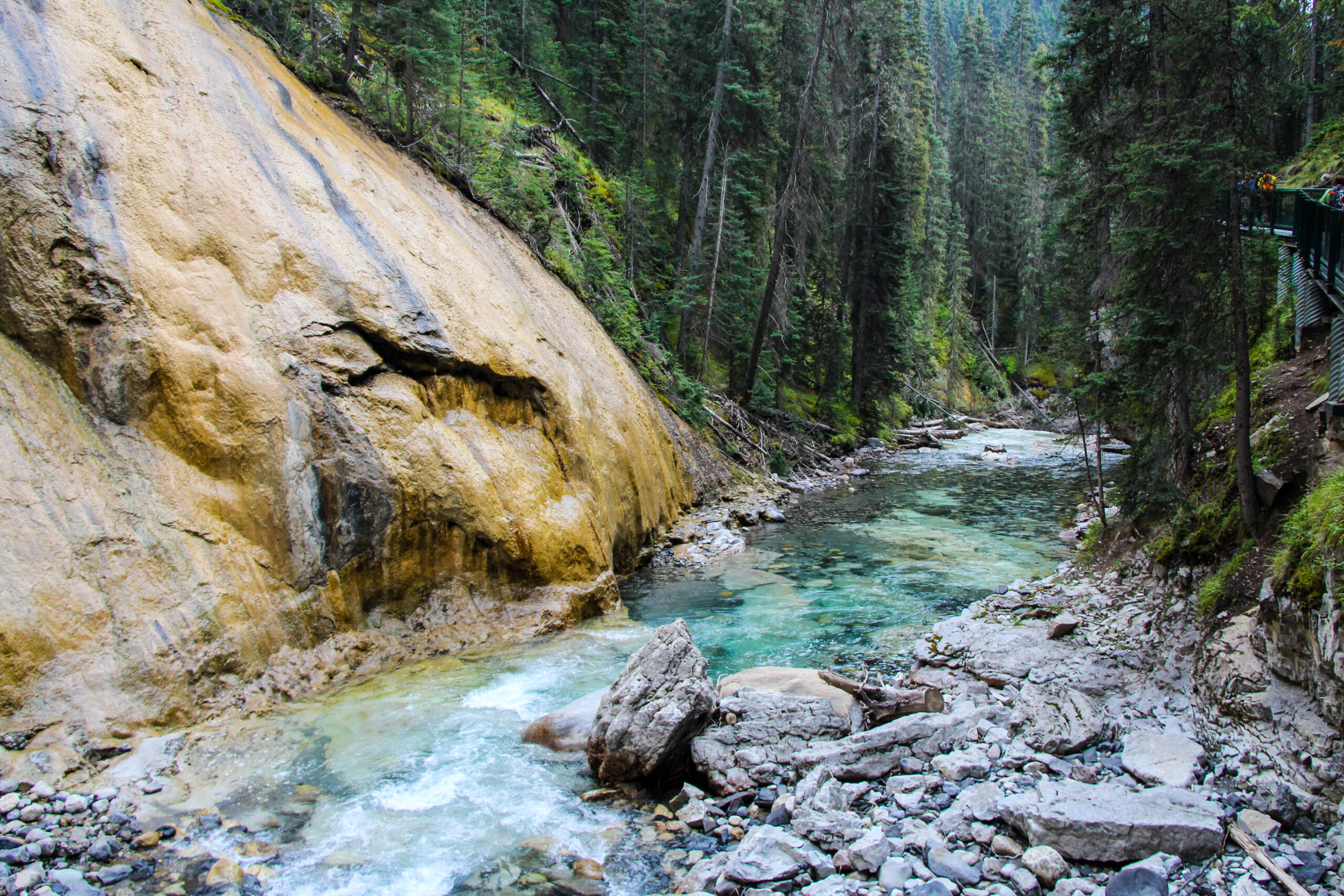
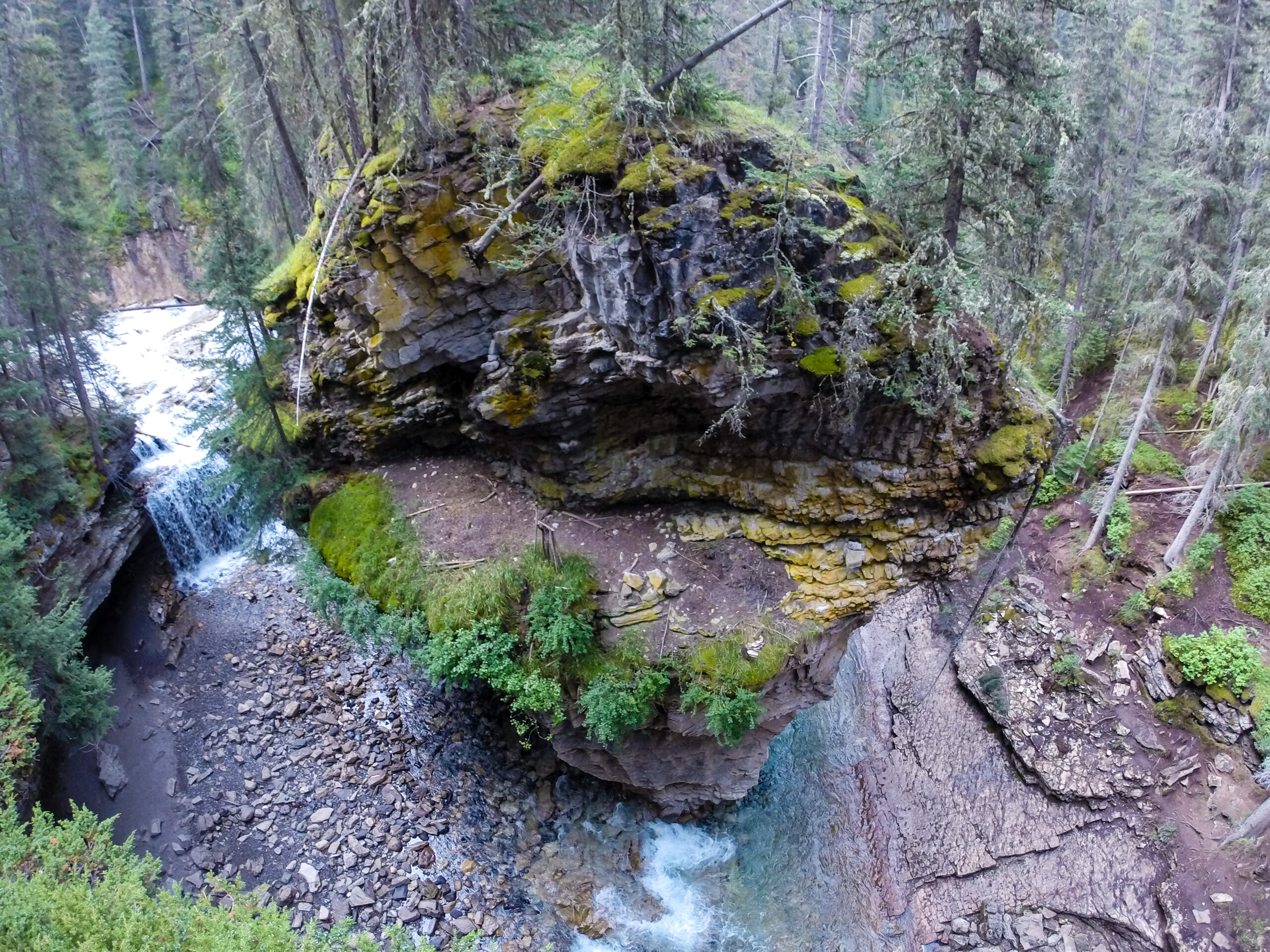
When you search for Johnston Canyon, you’ll likely come across a popular photo taken from inside a cave with a rock in the middle of the canyon. However, there’s no official trail leading to this spot, and it’s actually off-limits due to bird nesting in the area. So please respect the nature and wildlife throughout the park, no photo is worth disturbing or damaging this beautiful environment!
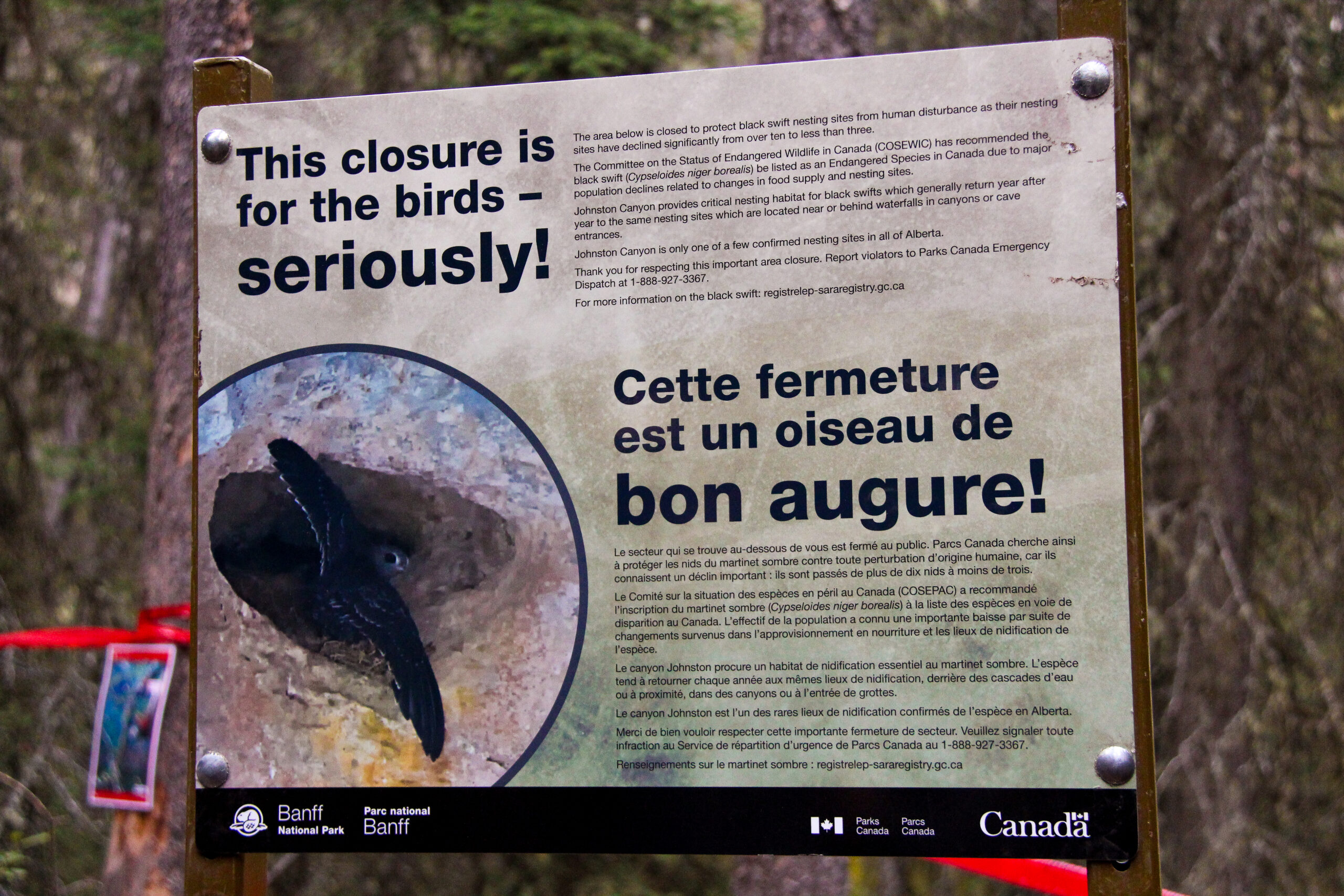
Banff Upper Hot Springs
Is there any better feeling than slowly sinking into steaming hot waters after a long day of hiking? The Banff Upper Hot Springs are open daily and offer the perfect way to relax and recharge after your outdoor adventures.
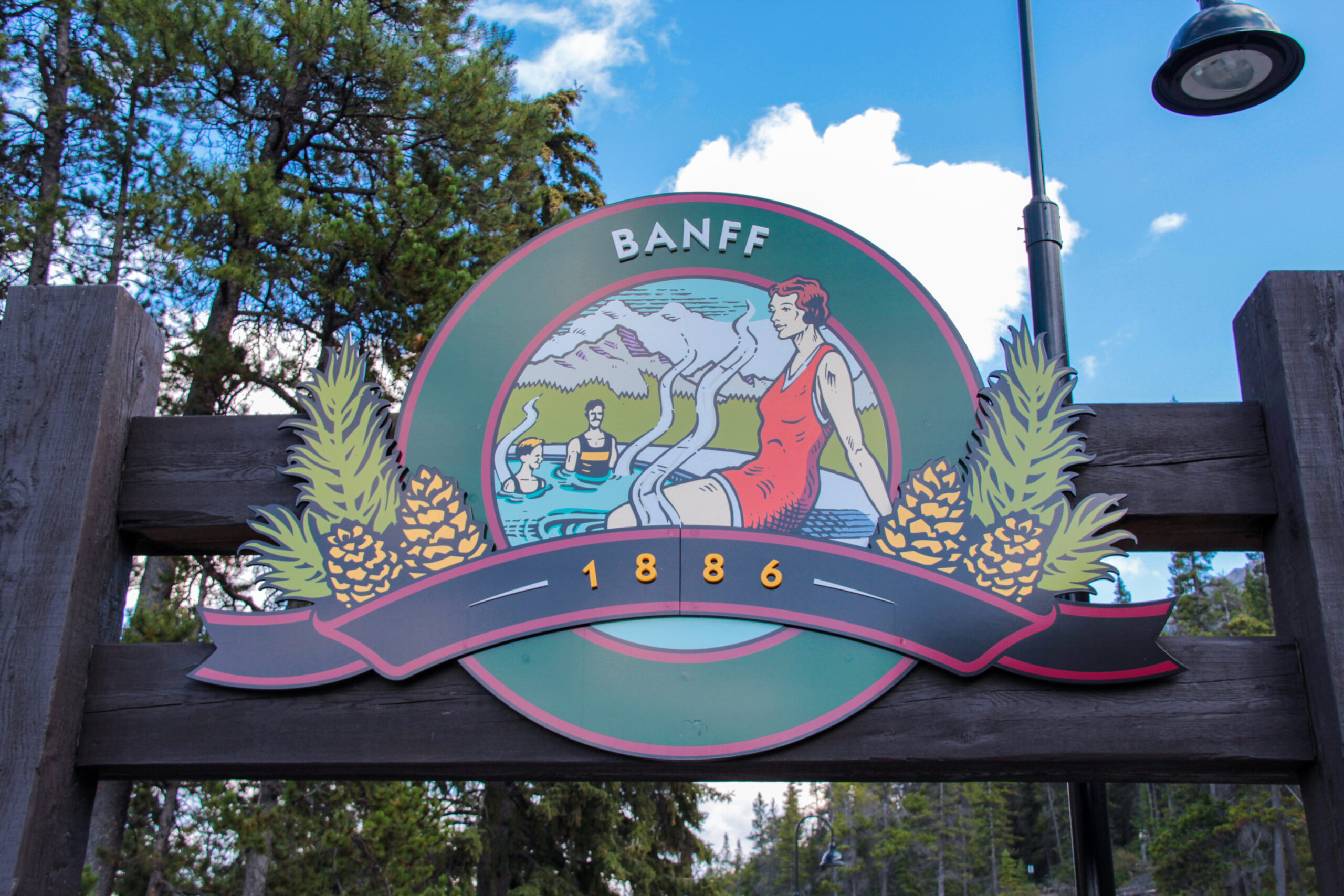
Indigenous peoples recognized the healing power of these hot springs long before settlers arrived. They believed the waters had the ability to cure illness and maintain health, which is why the springs were considered sacred.
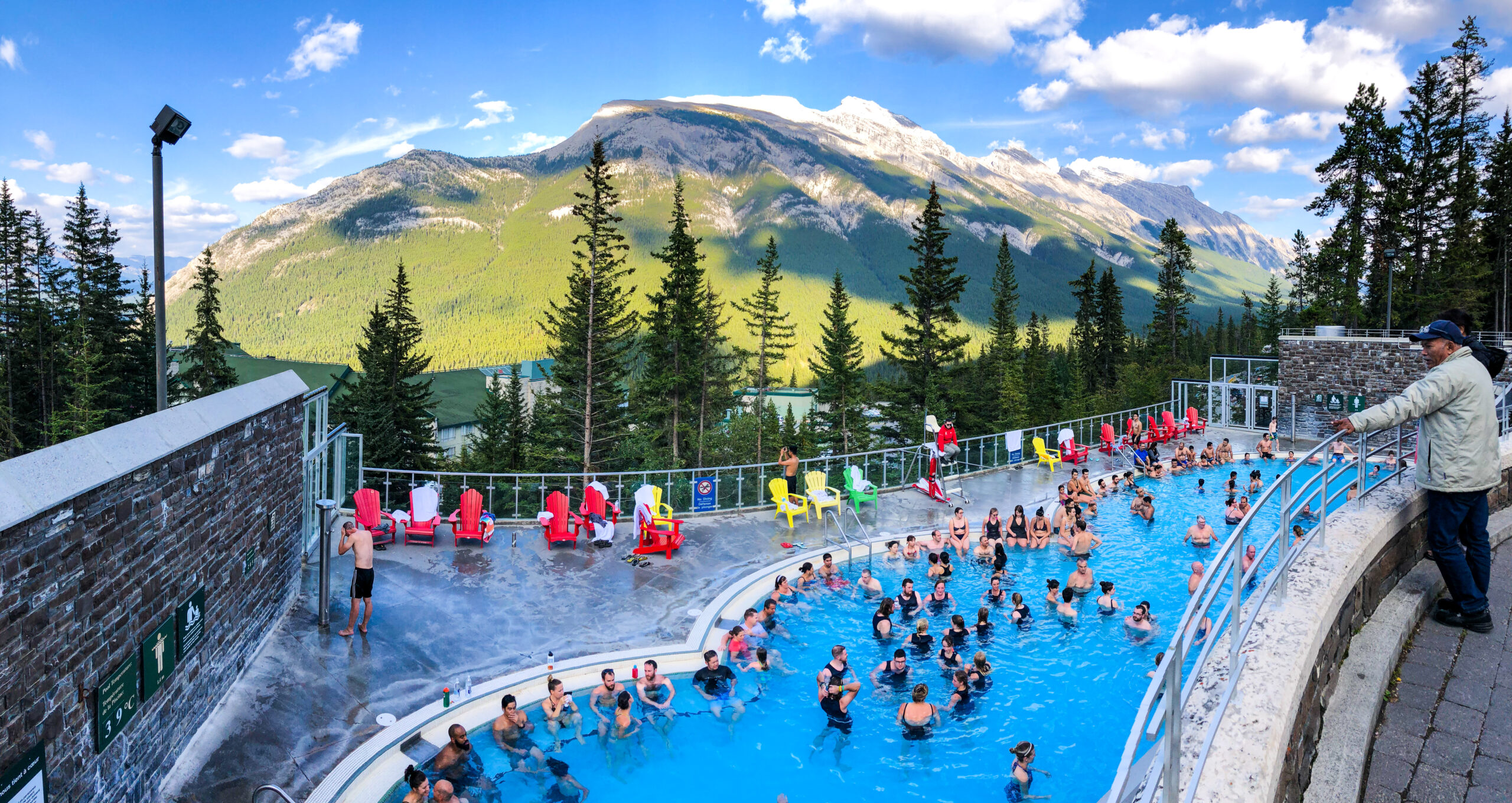
In 1883, workers from the Canadian Pacific Railway discovered hot water and steam flowing from a cave at the base of Sulphur Mountain, which is now known as the Cave and Basin Hot Springs. It wasn’t until 1932 that the Upper Hot Springs bathhouse was officially opened, featuring the sulfur-rich waters and the facilities we know today.
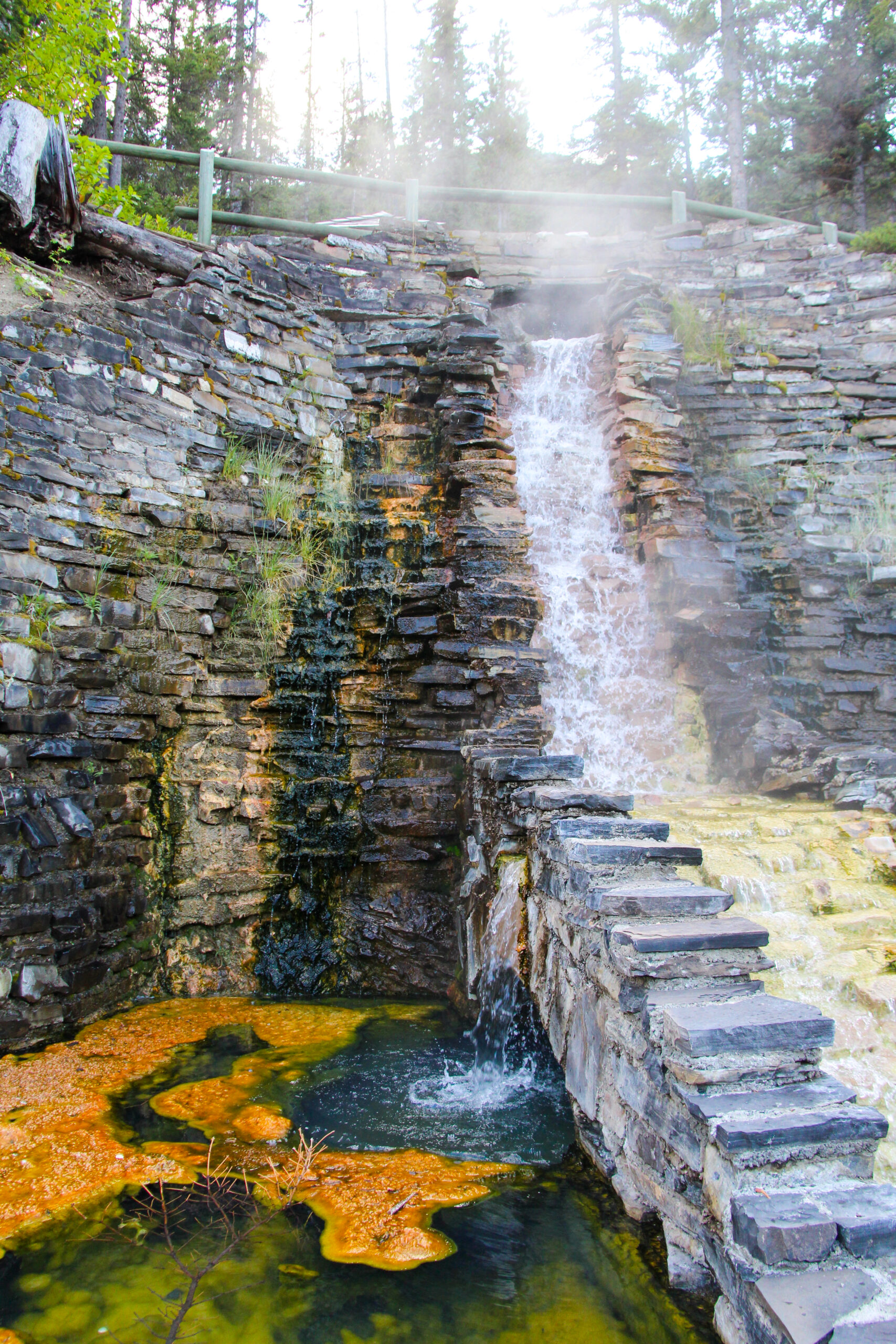
The Banff Upper Hot Springs are the only ones still open to the public for bathing, which often results in large crowds. Unfortunately, this means it can be difficult to enjoy a peaceful soak when it’s so busy around you.
Cave and Basin National Historic Site
As mentioned earlier, the Cave and Basin Hot Springs were the first to be discovered in Banff National Park, marking the birthplace of Canada’s first national park. While Indigenous people had long known about the hot springs, it was the railway workers who saw an opportunity to profit from them. However, they were denied ownership, and the Canadian government seized the moment to establish a national park..
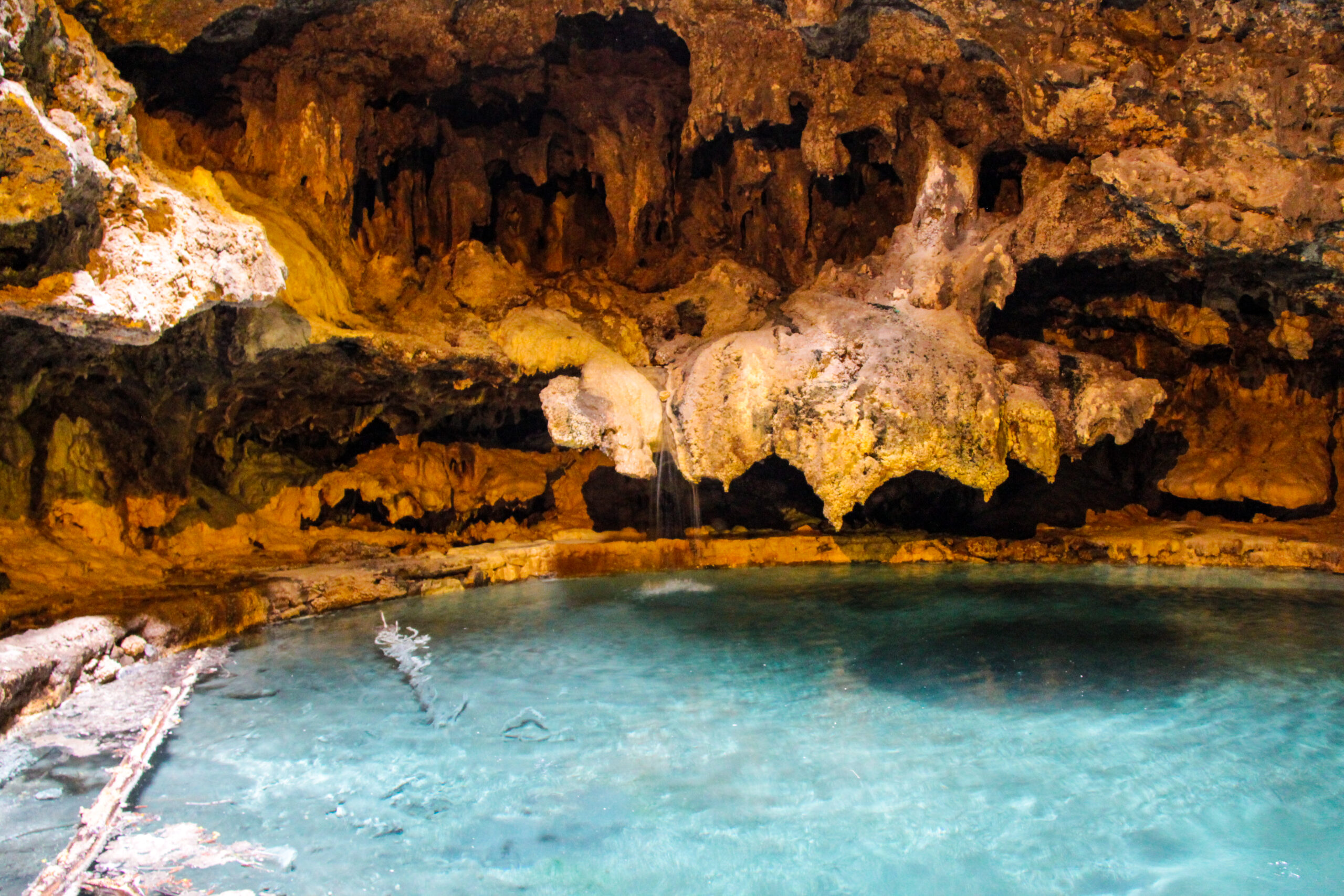
Cave and Basin National Historic Site, located in the heart of Banff National Park, serves as a perfect museum to commemorate the historical origins of the park. It features interactive exhibits and film presentations that tell the story of the hot springs‘ discovery. However, the true highlight is the hot springs themselves, offering visitors a direct connection to the park’s history..
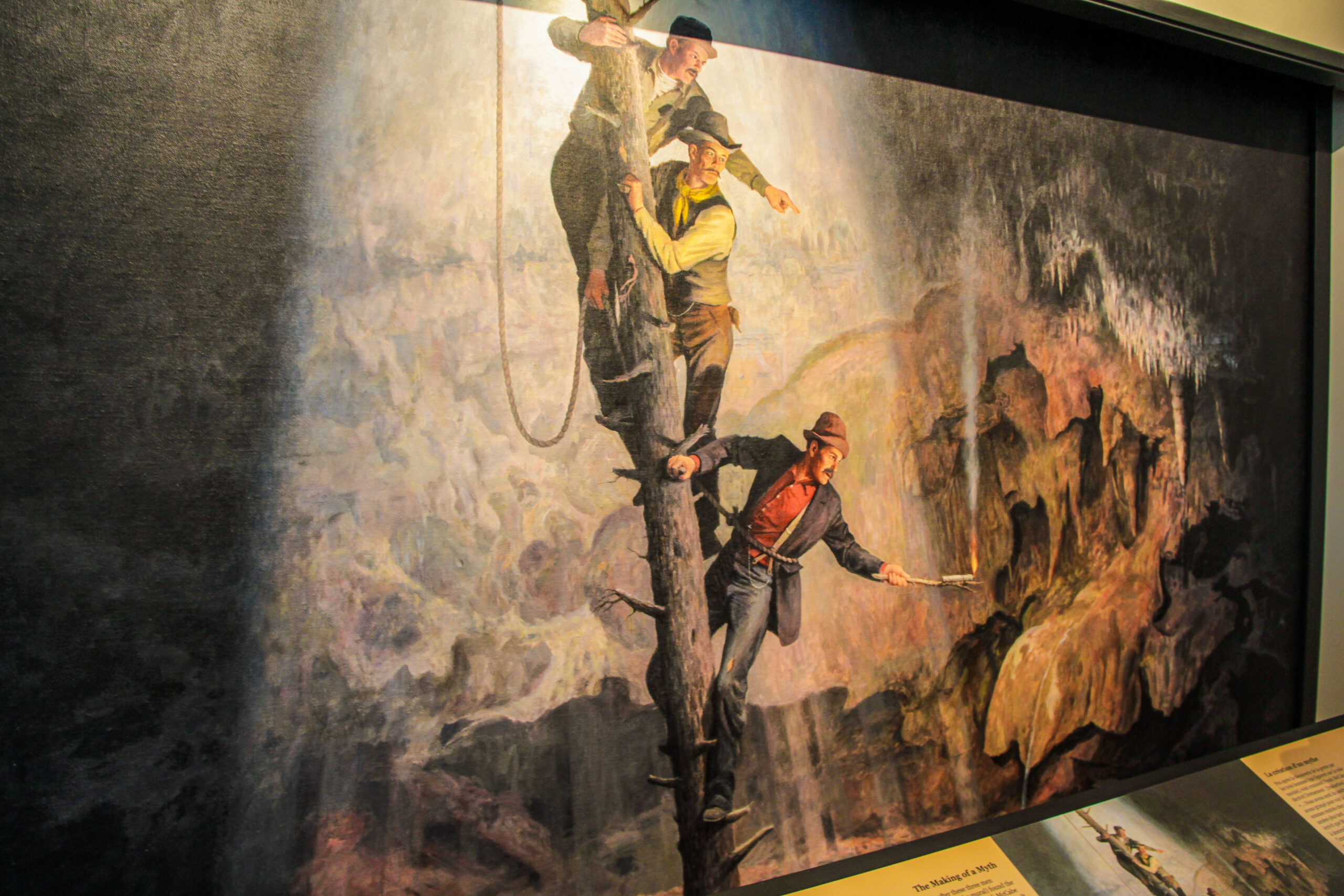
A short tunnel leads you to the fascinating blue water cave. From the moment you enter, you can already smell the strong scent of sulfur, which can be quite intense at times.
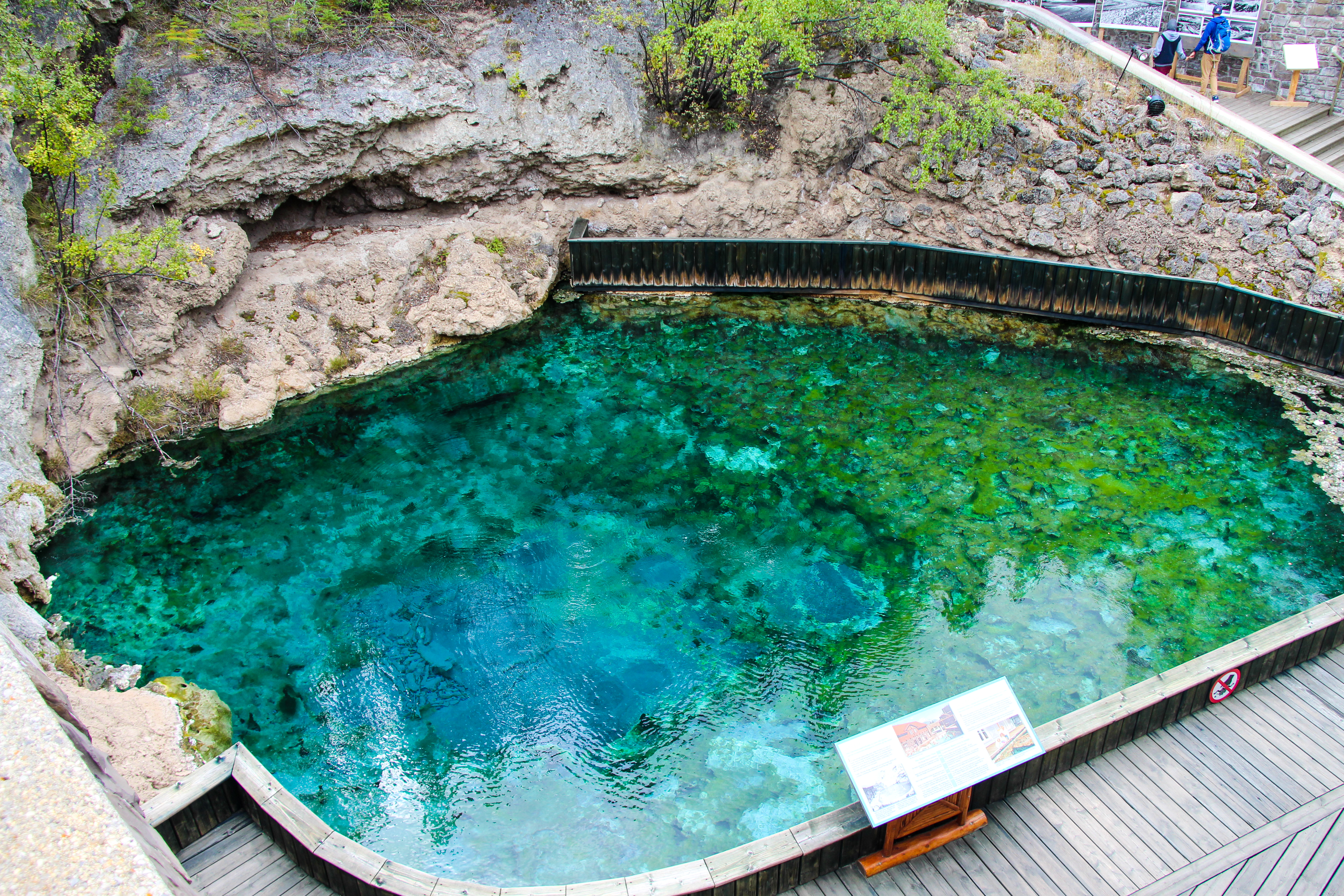
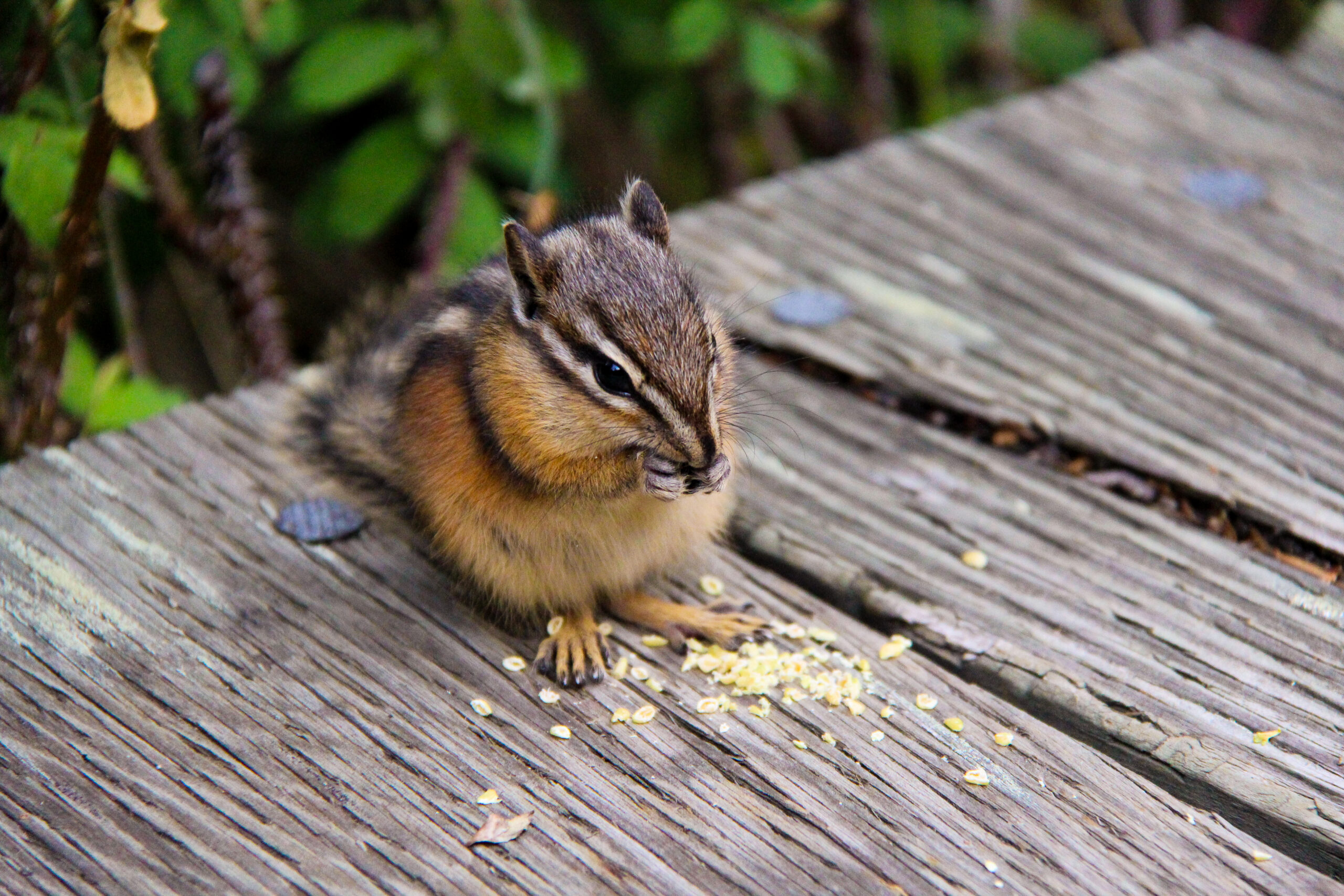 The Cave and Basin is not only home to the hot springs but also to the endangered Banff Snail. This tiny species, measuring just 3 to 5 mm, is found nowhere else in the world, making it critically endangered. The snails seem to follow the seasonal rise and fall of the water temperatures, with their population increasing as the water warms.
The Cave and Basin is not only home to the hot springs but also to the endangered Banff Snail. This tiny species, measuring just 3 to 5 mm, is found nowhere else in the world, making it critically endangered. The snails seem to follow the seasonal rise and fall of the water temperatures, with their population increasing as the water warms.
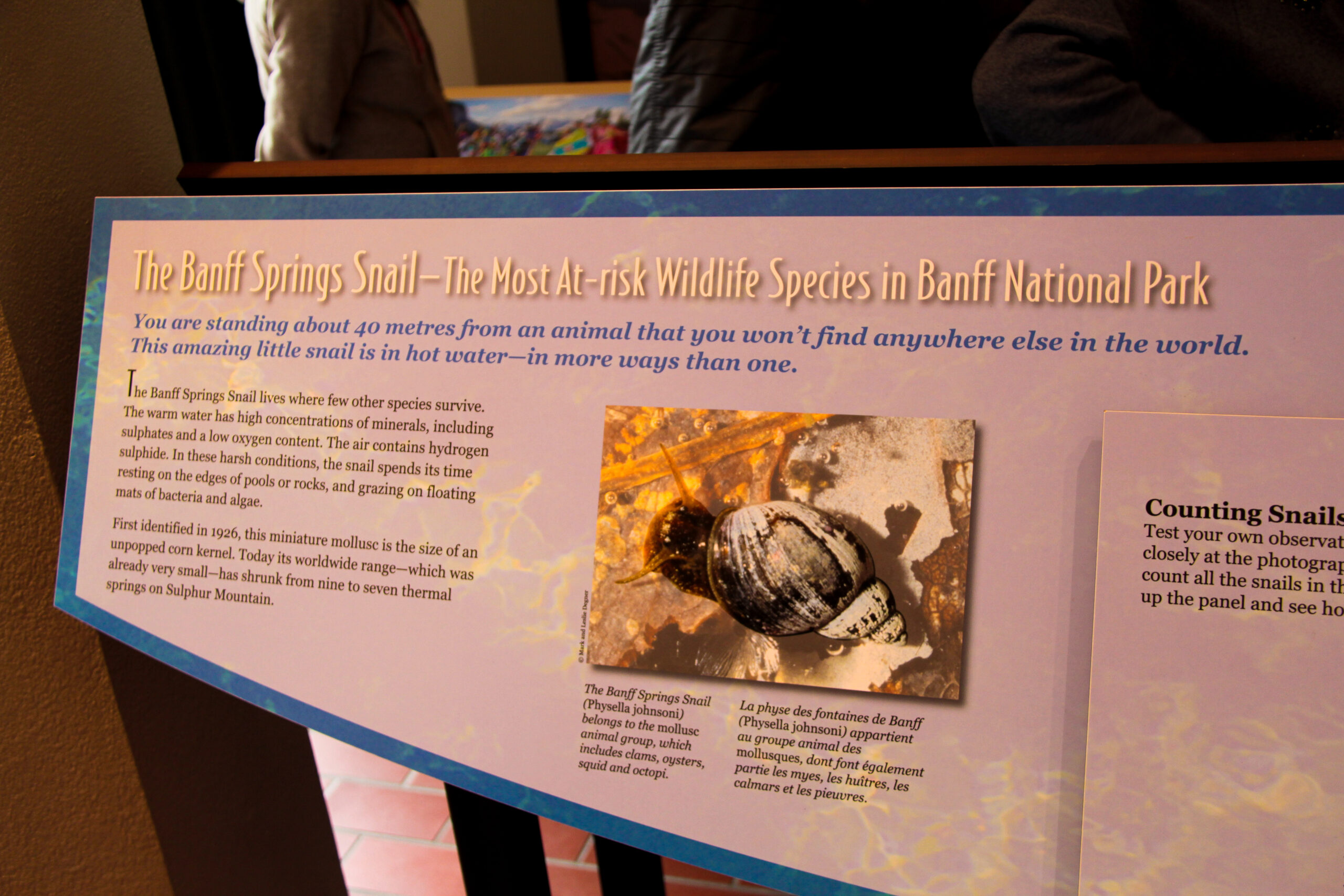
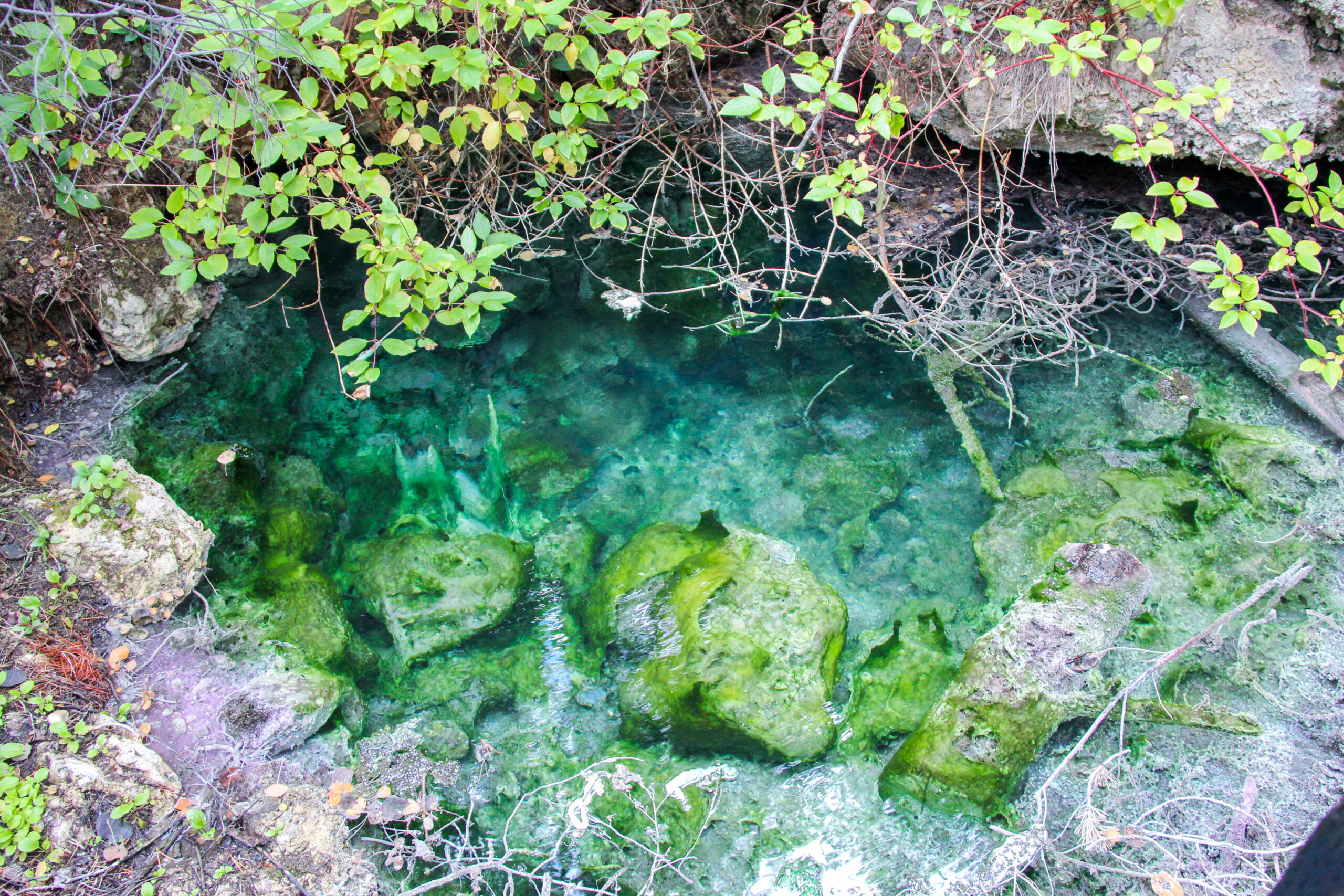
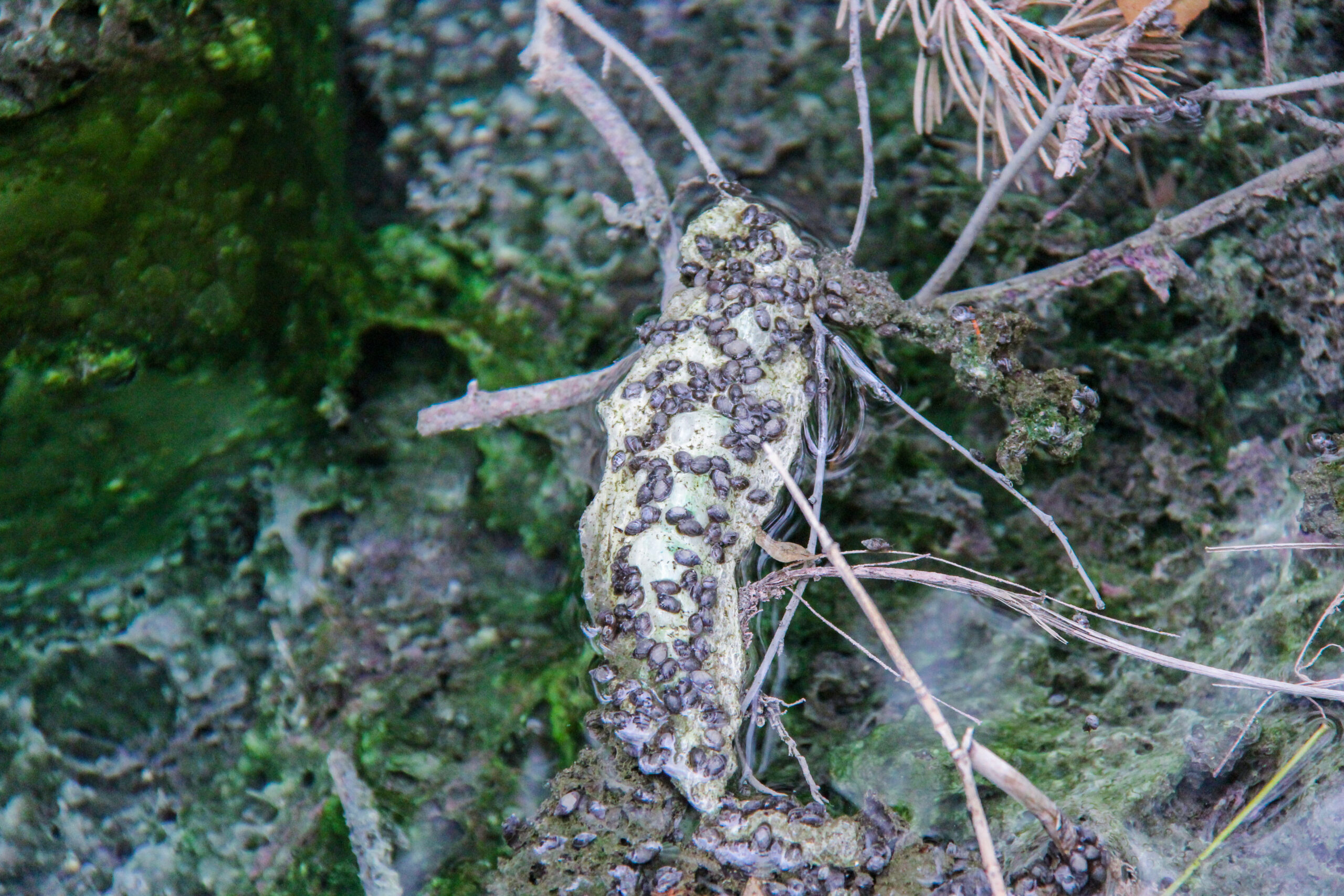
Be sure to add it to your to-do list when visiting Banff National Park. It doesn’t take much time but is highly informative, offering a fascinating dive into the history of Canada’s oldest national park.
Town of Banff
The Town of Banff is one of Canada’s most popular tourist destinations and the first municipality to be incorporated within a national park. It serves as the perfect starting point for all outdoor sports and adventures.
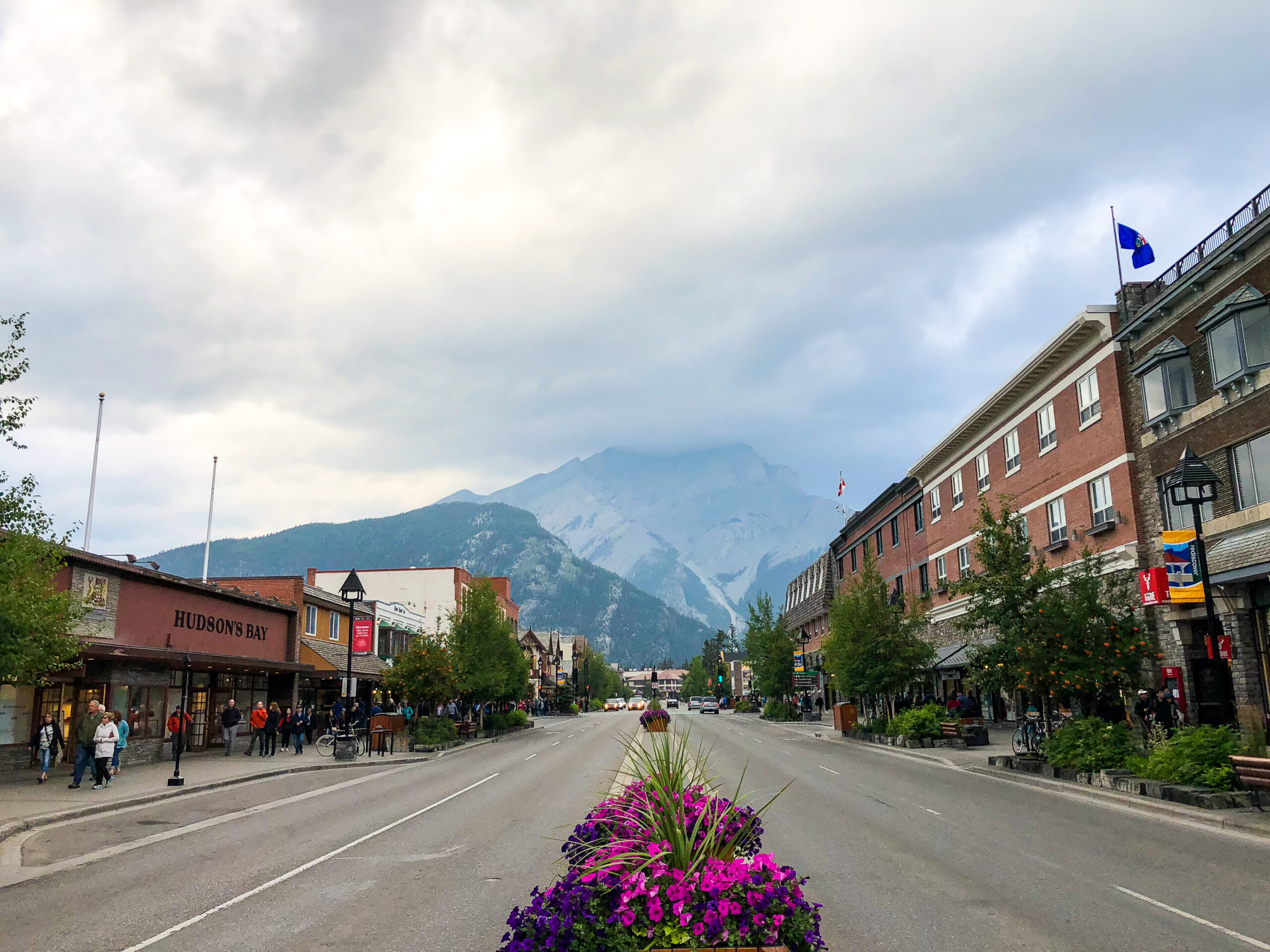
The main street, Banff Avenue, is lined with numerous restaurants, bars, and shops, all nestled amidst the stunning mountain backdrop. One of my personal favorites is the Maple Leaf, which offers an exceptional dining experience.
What are your favorite places in Banff National Park? Let me know in the comments section below!
Read next: The ultimate West Canada Guide
